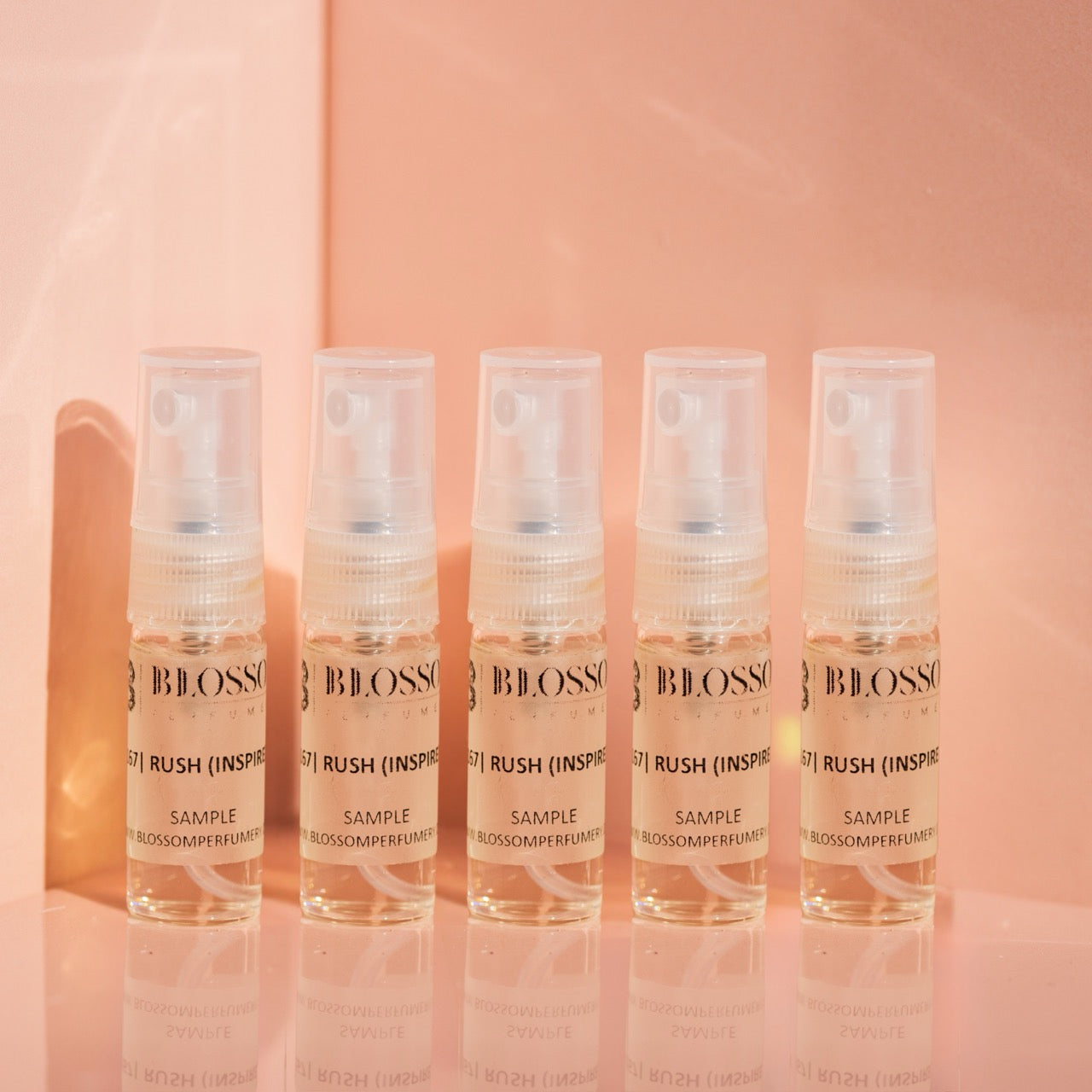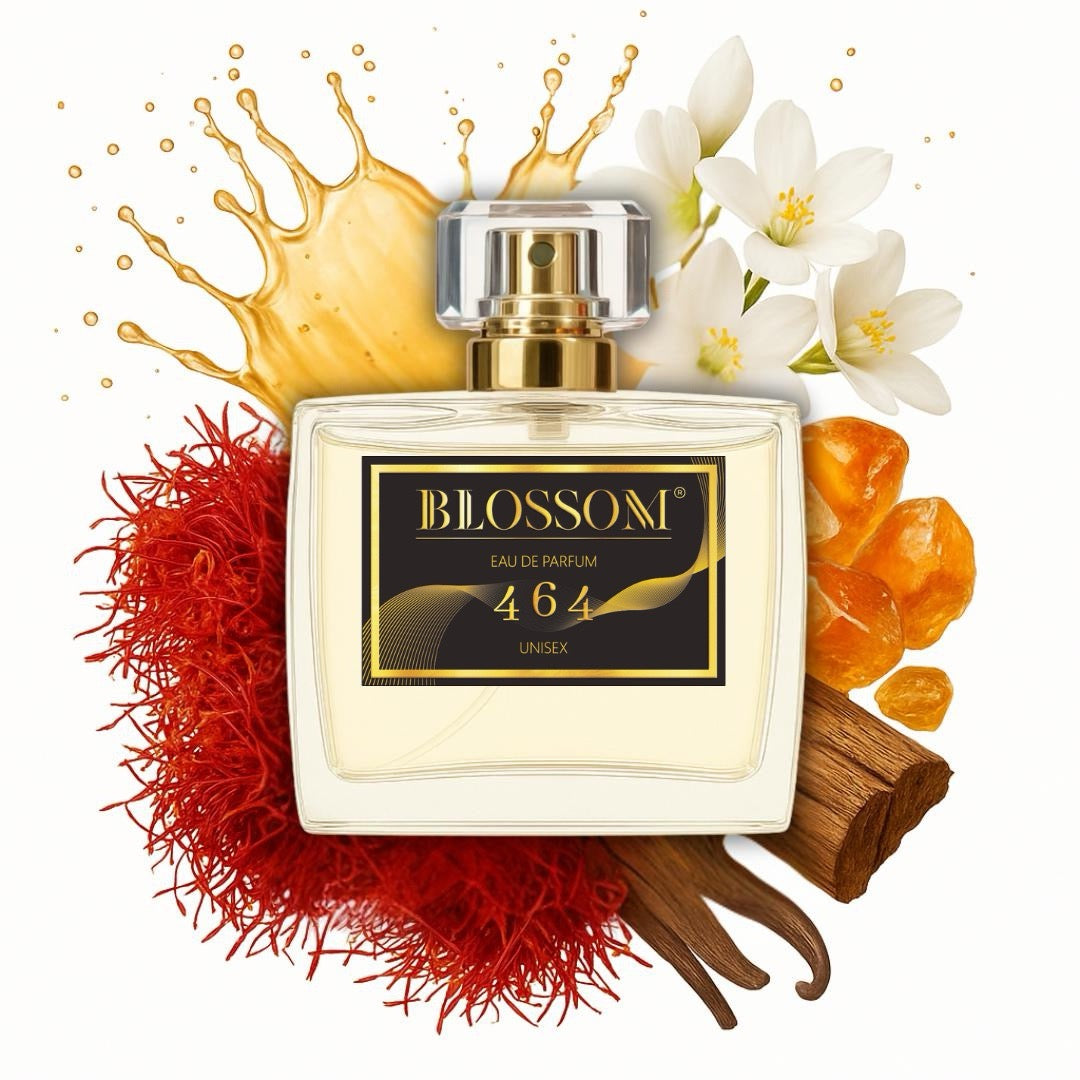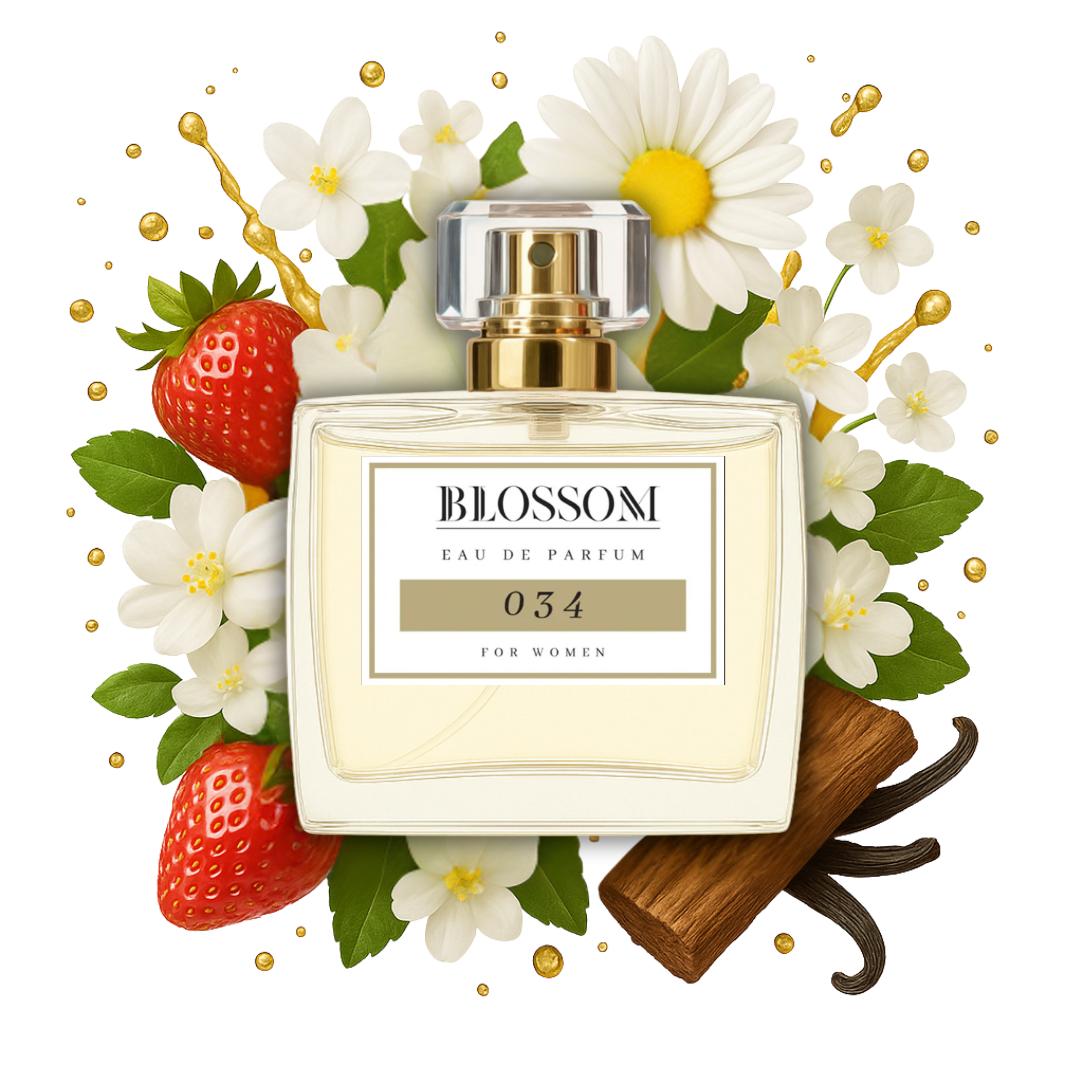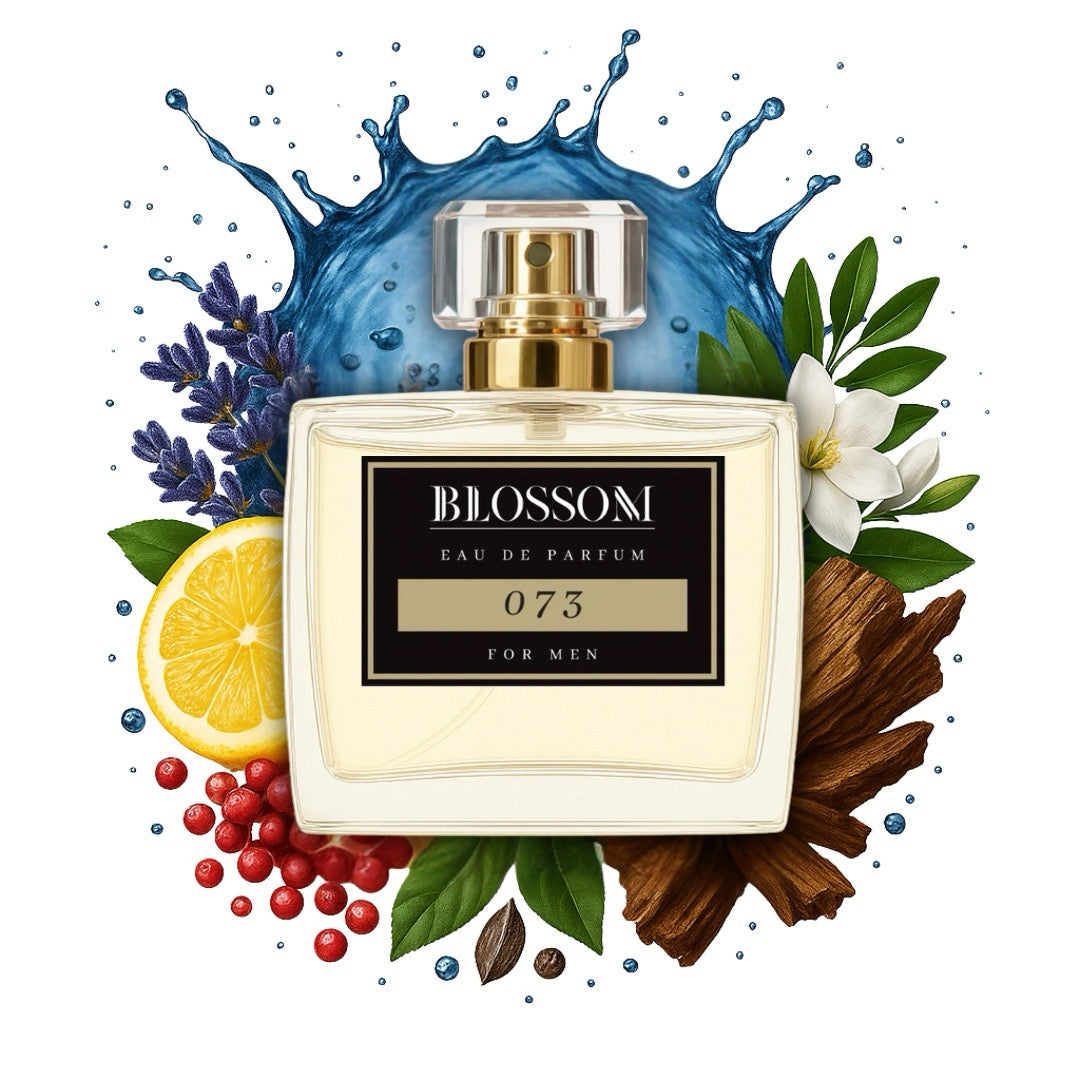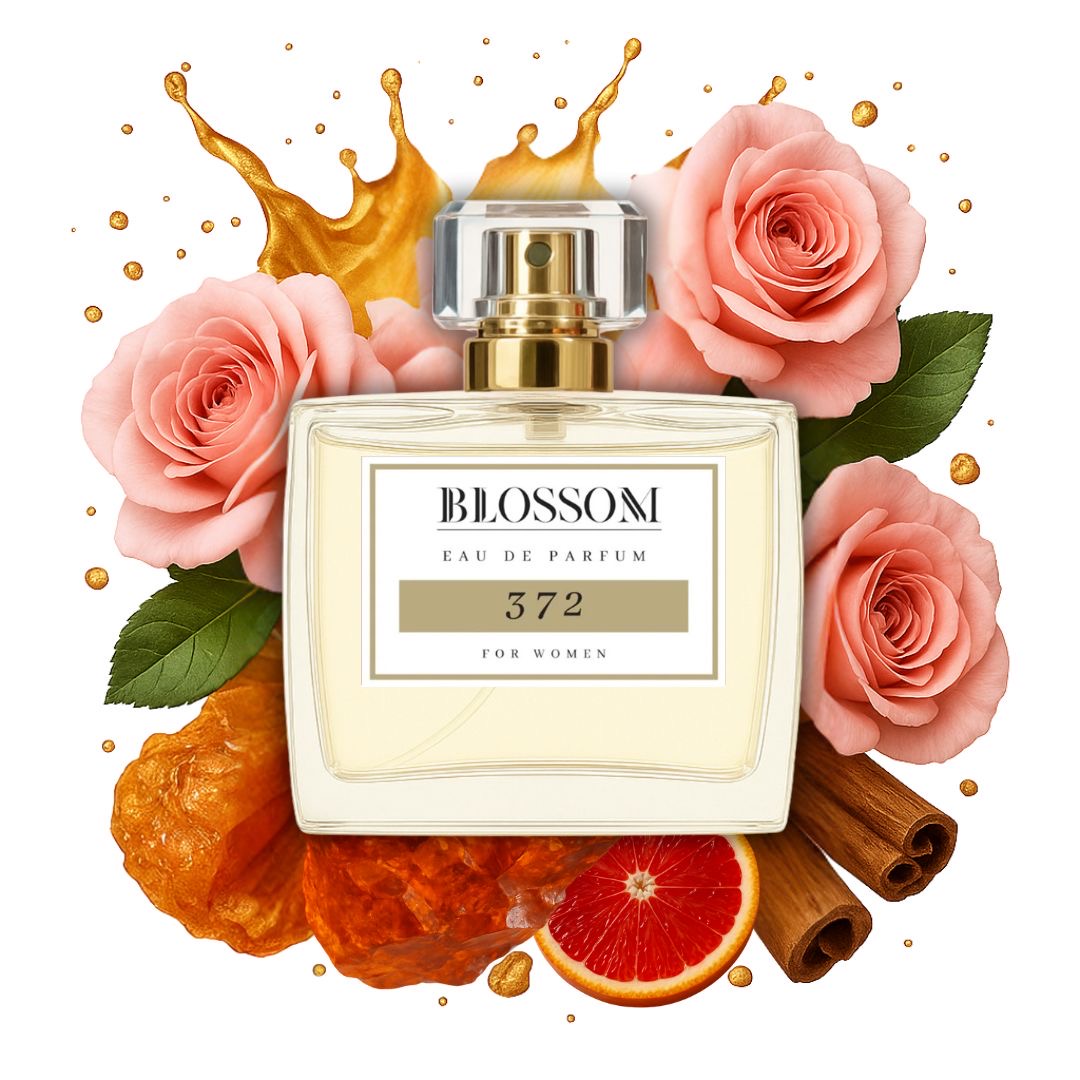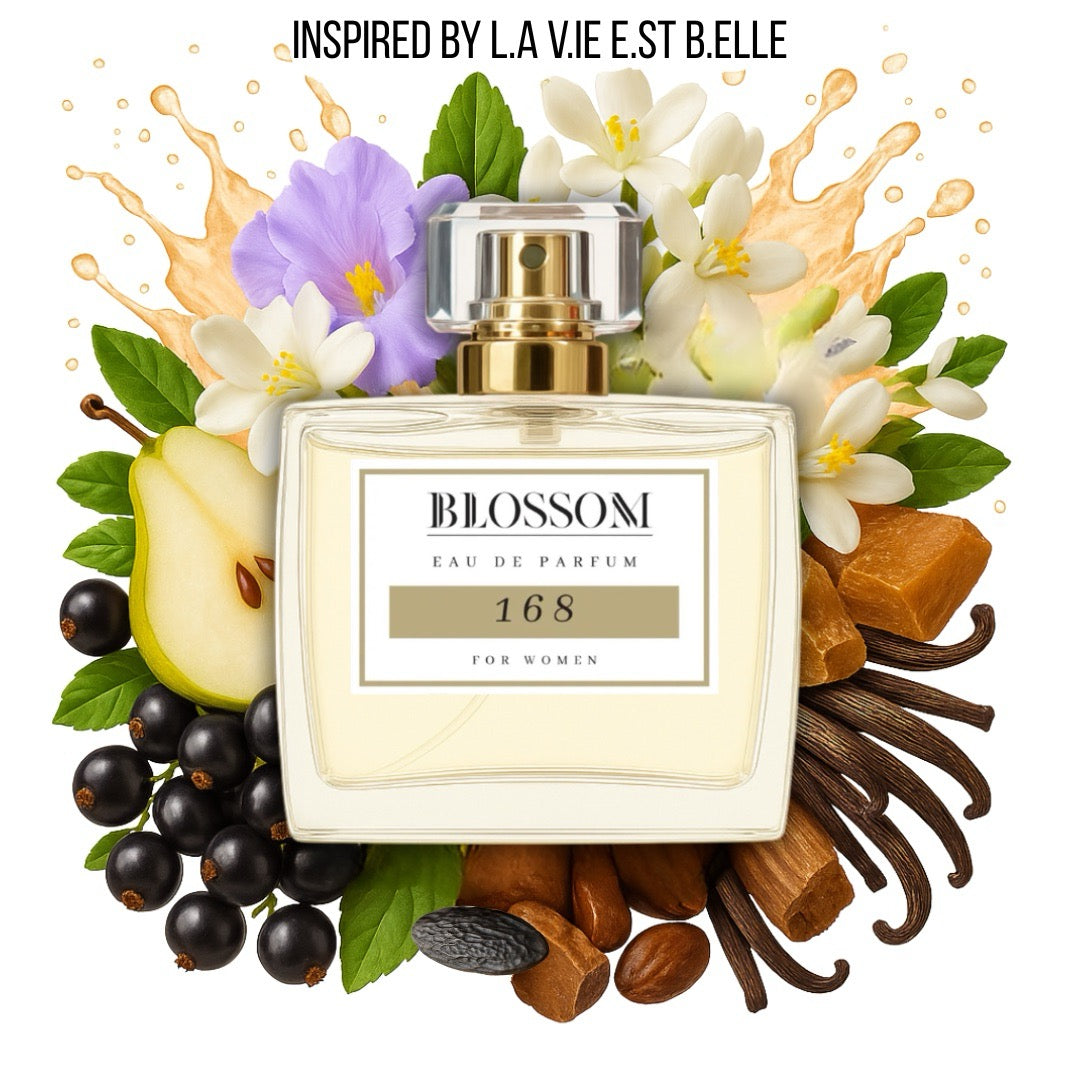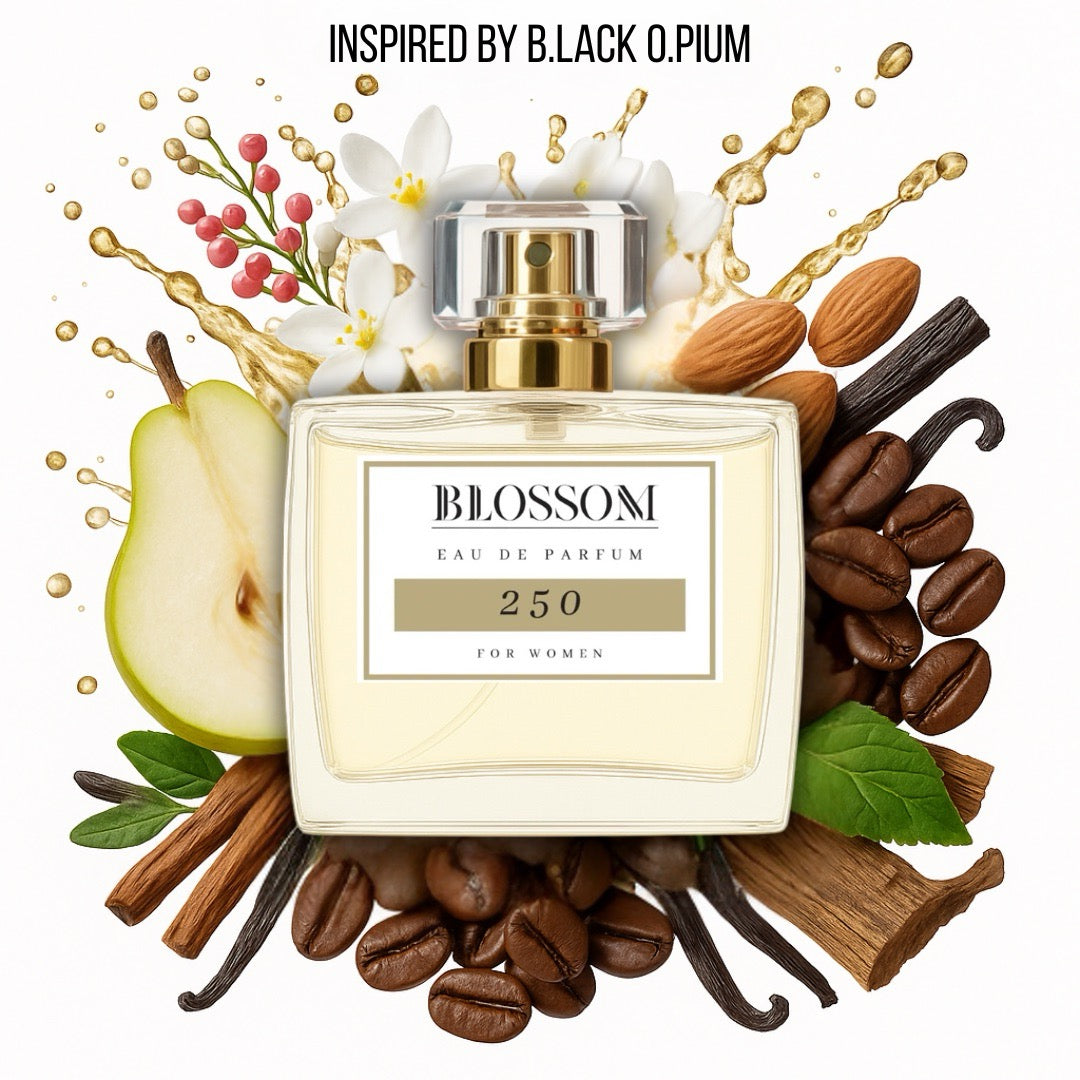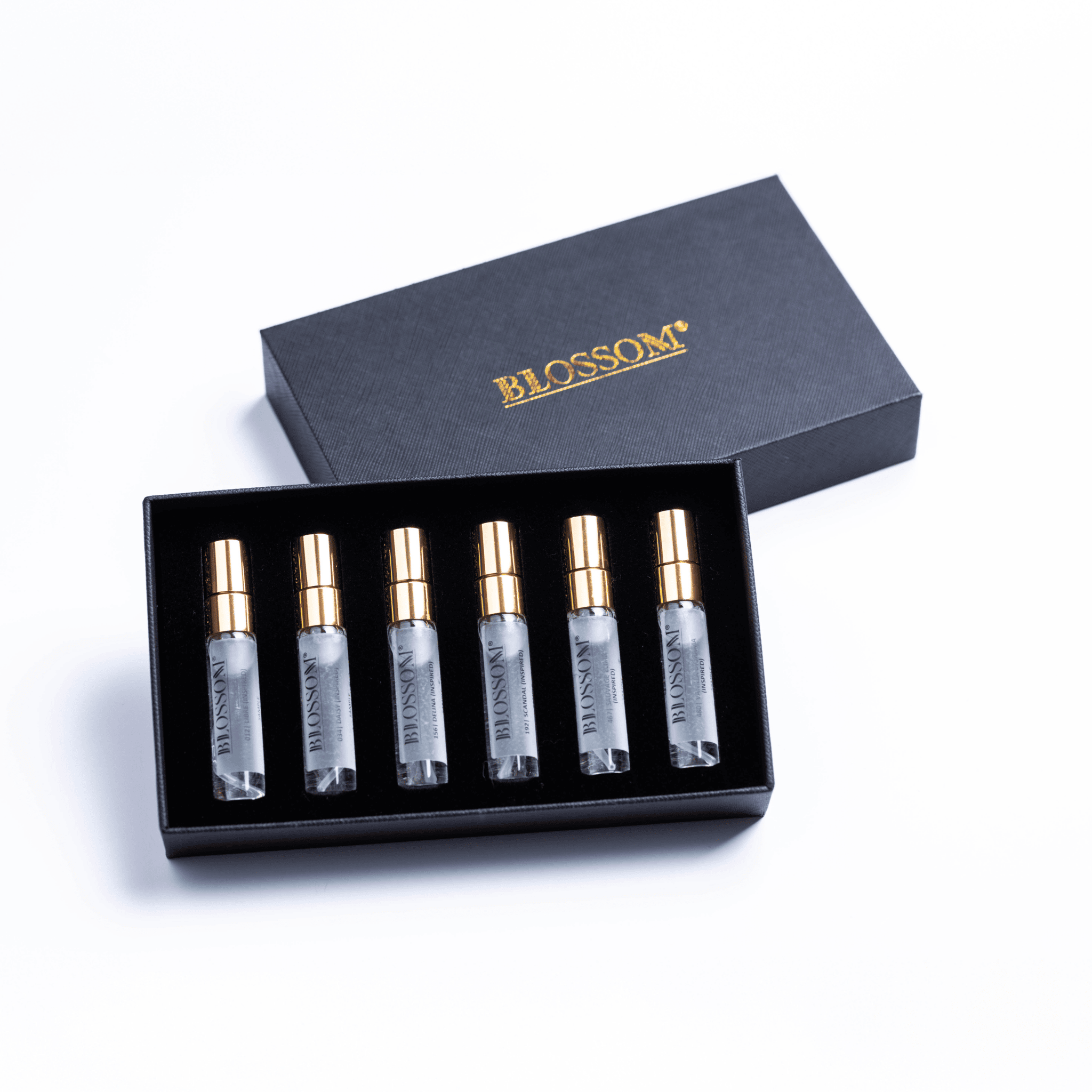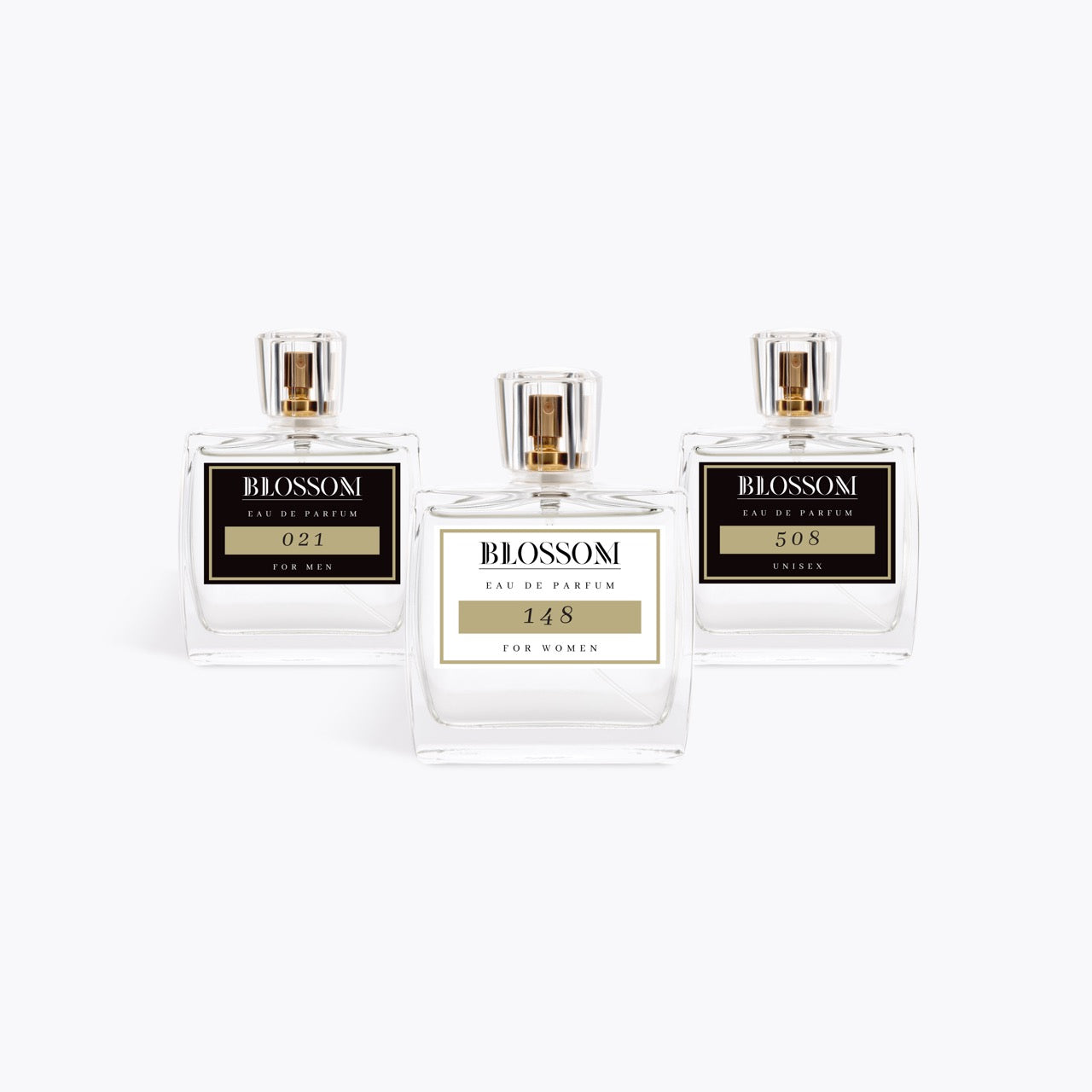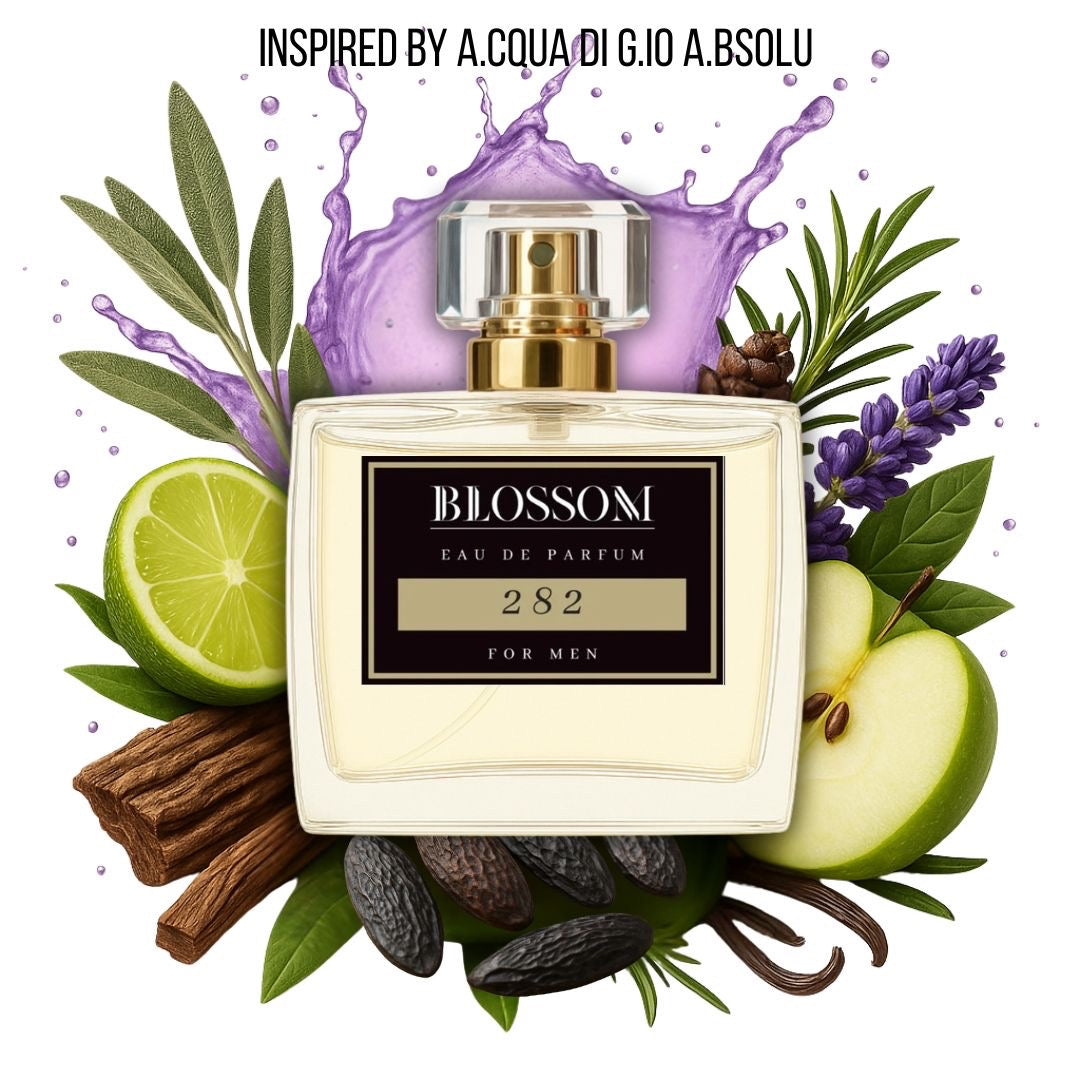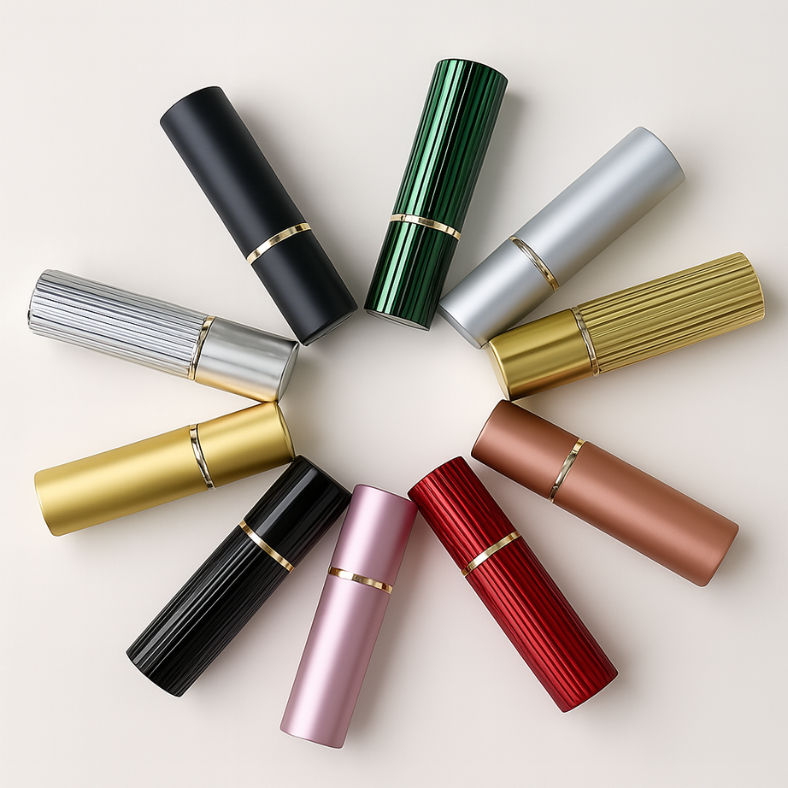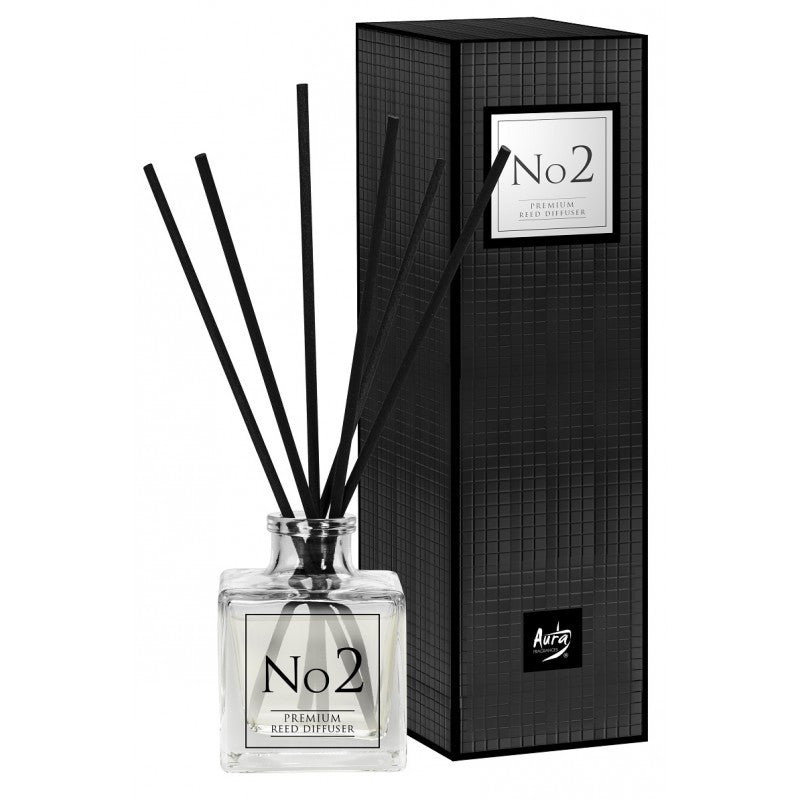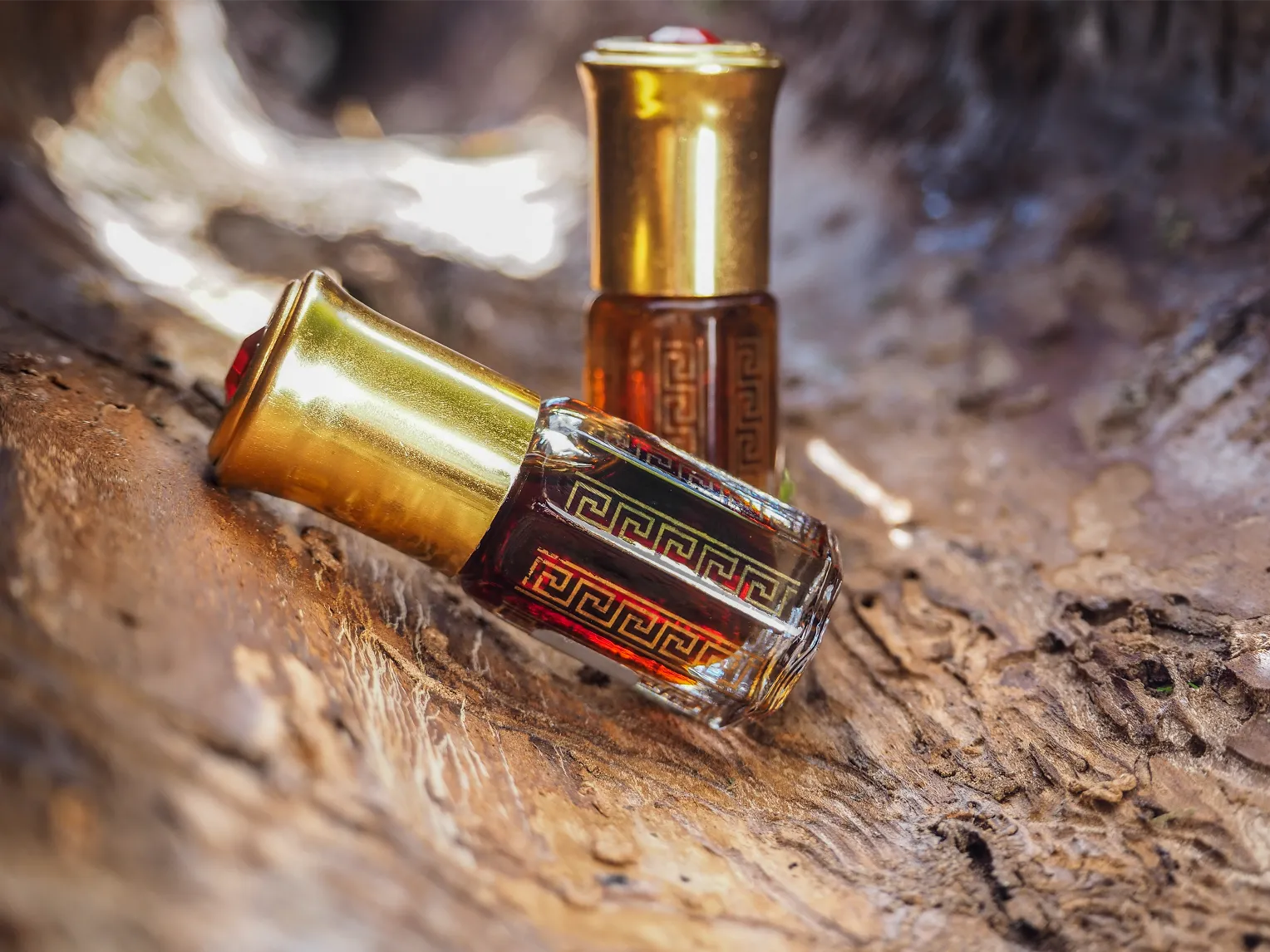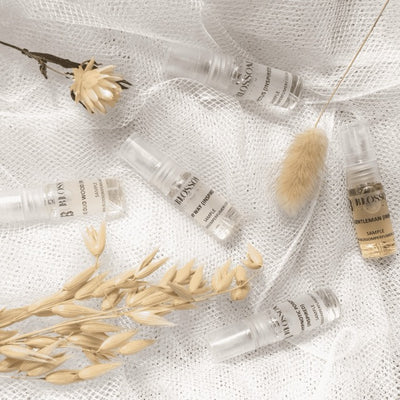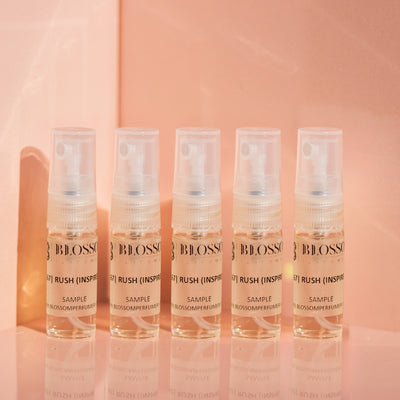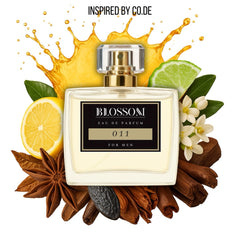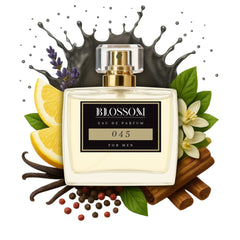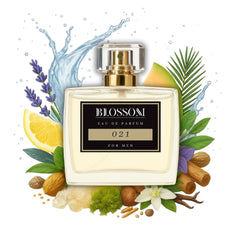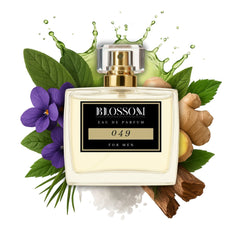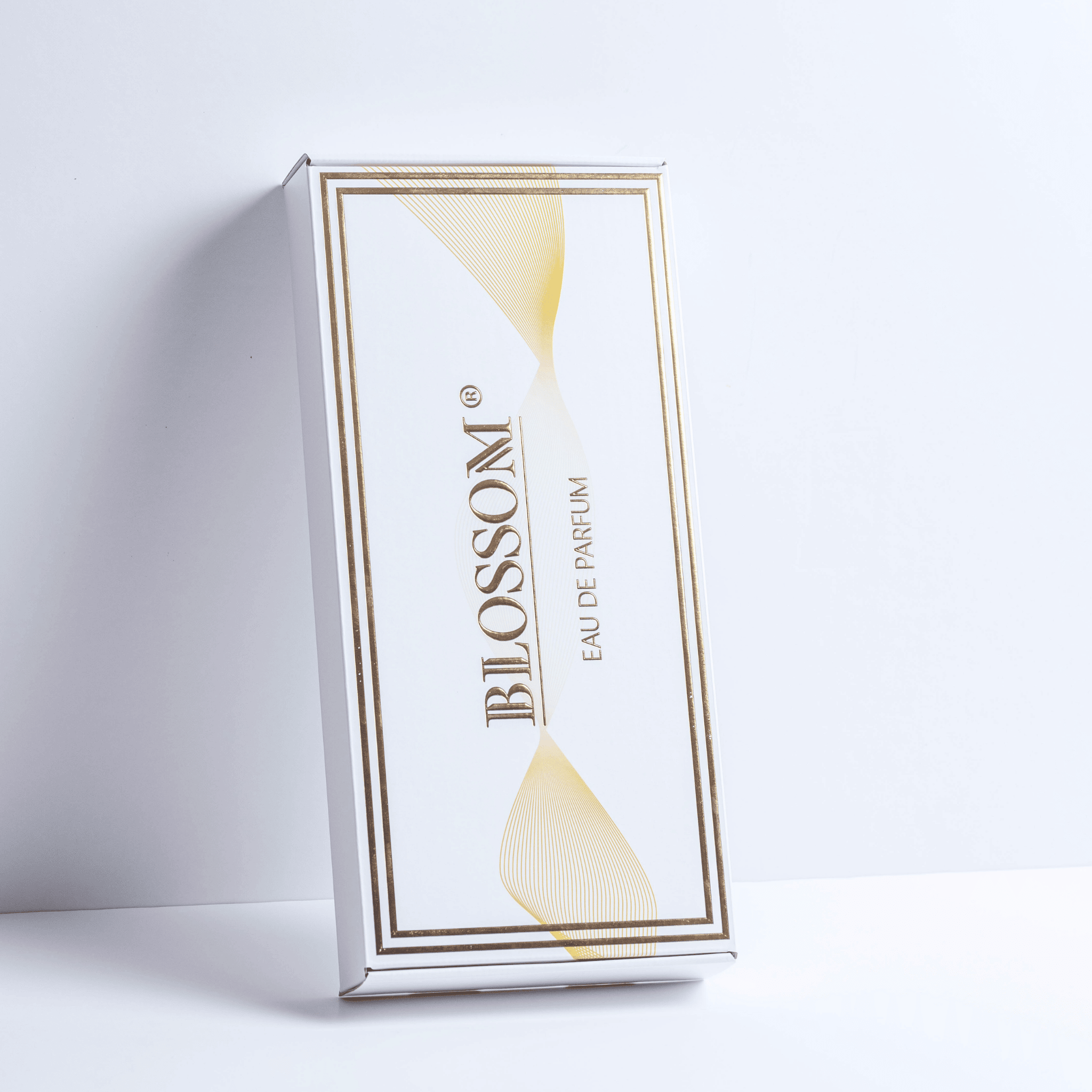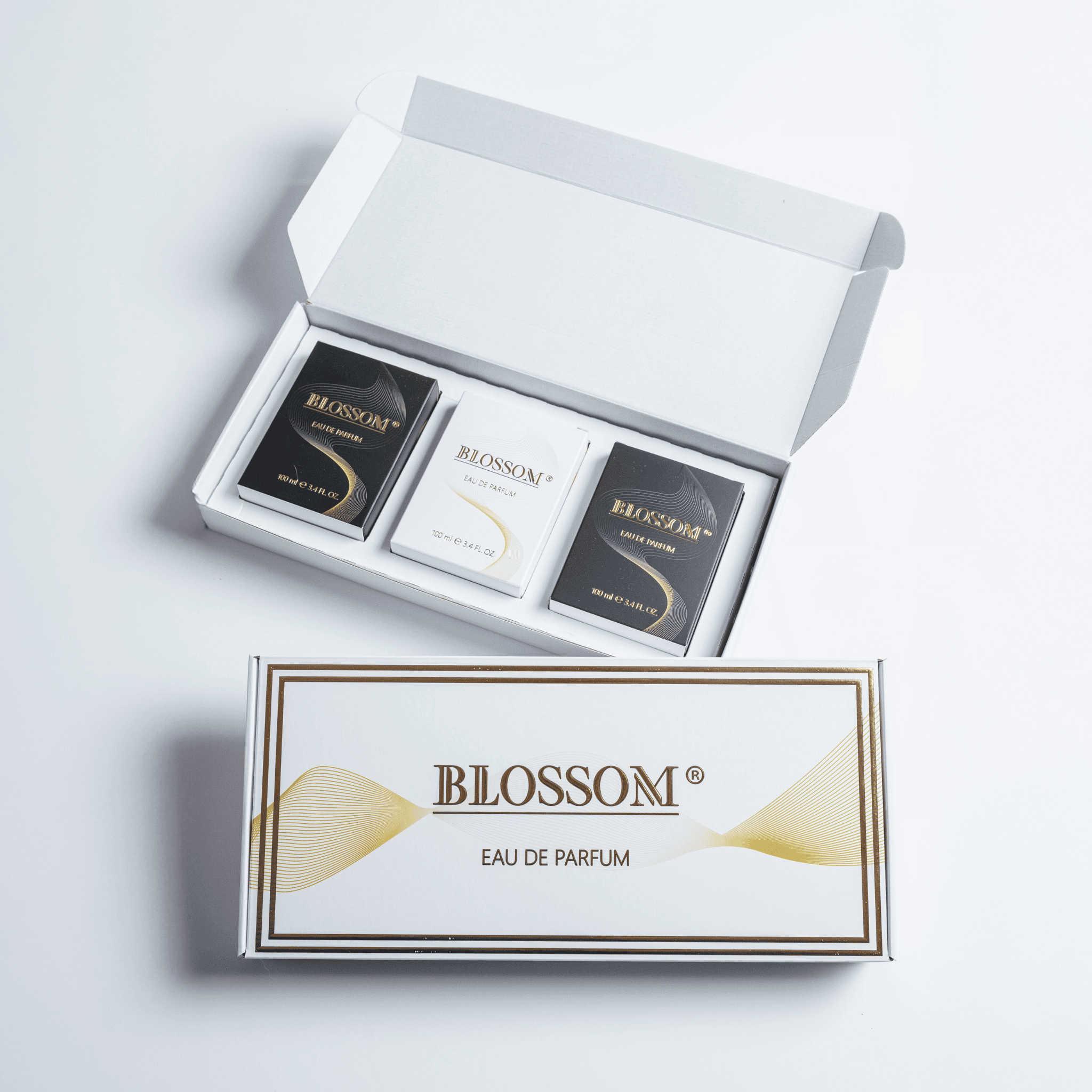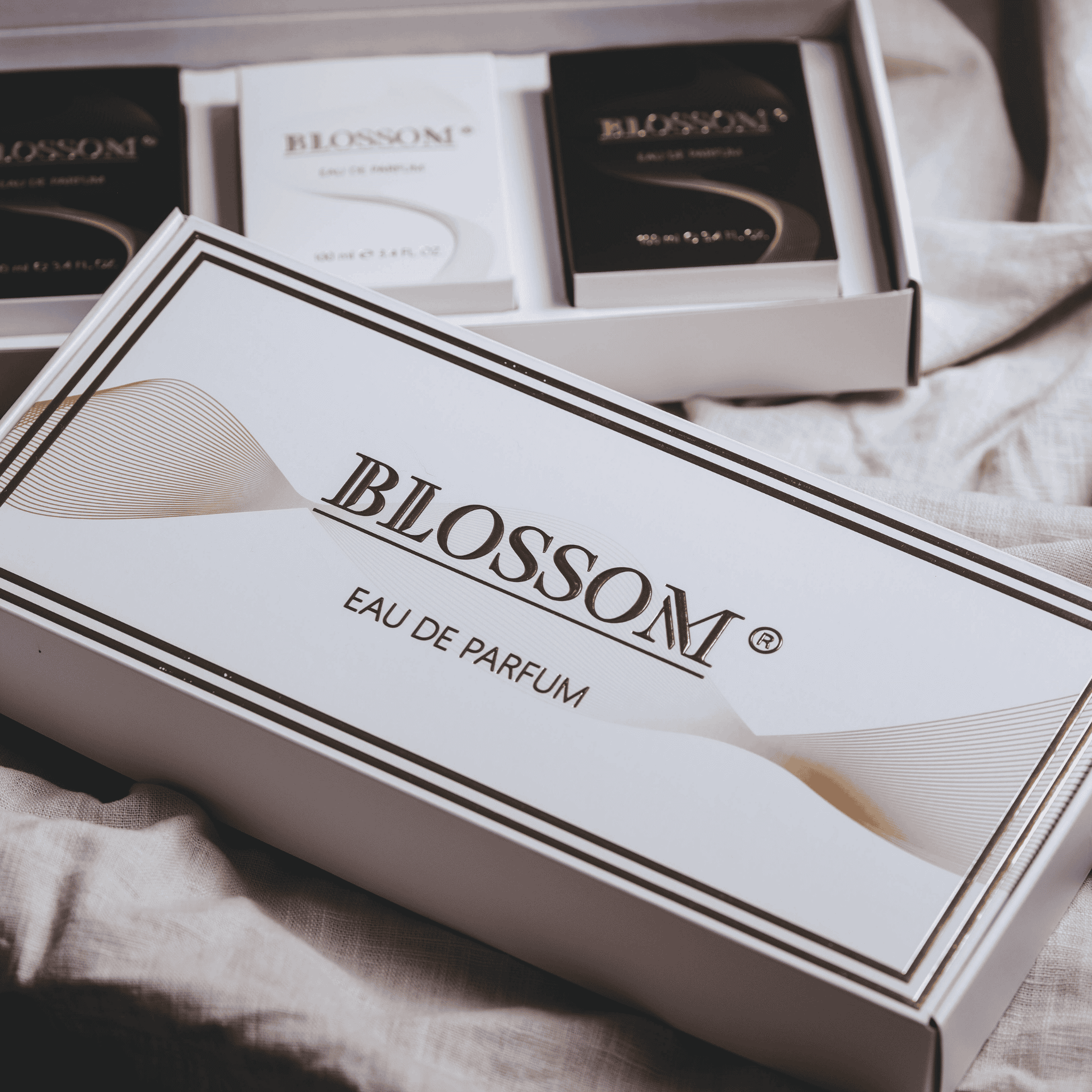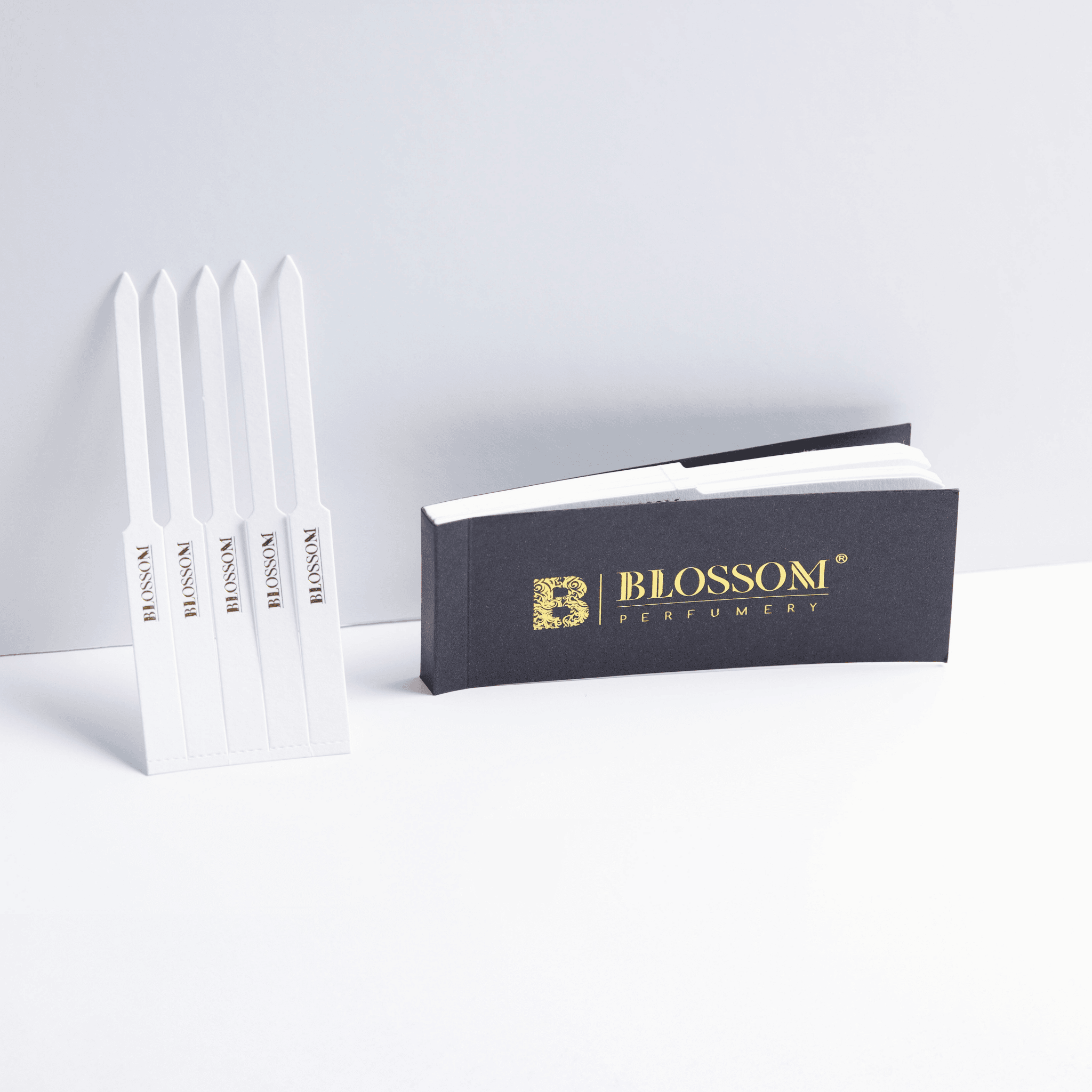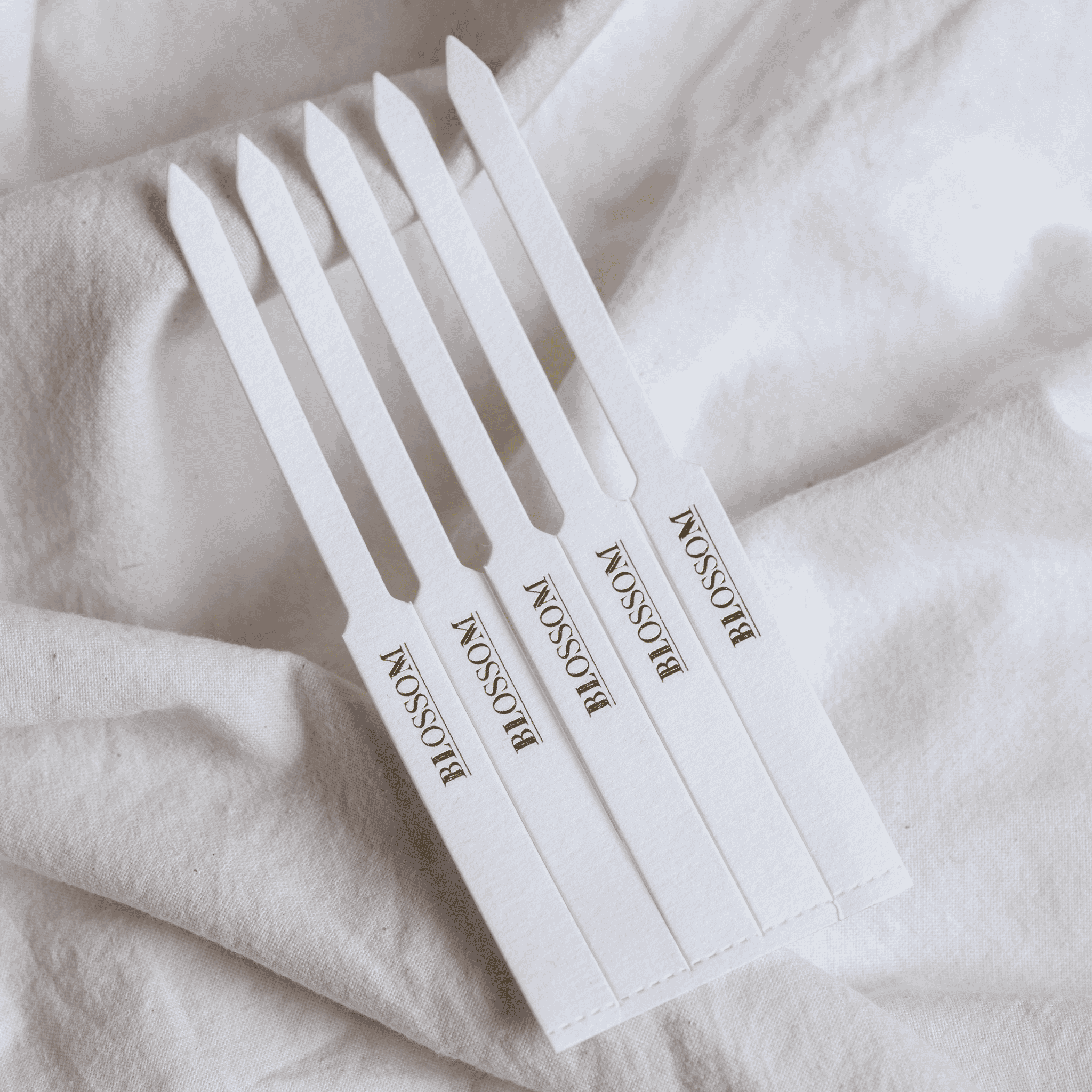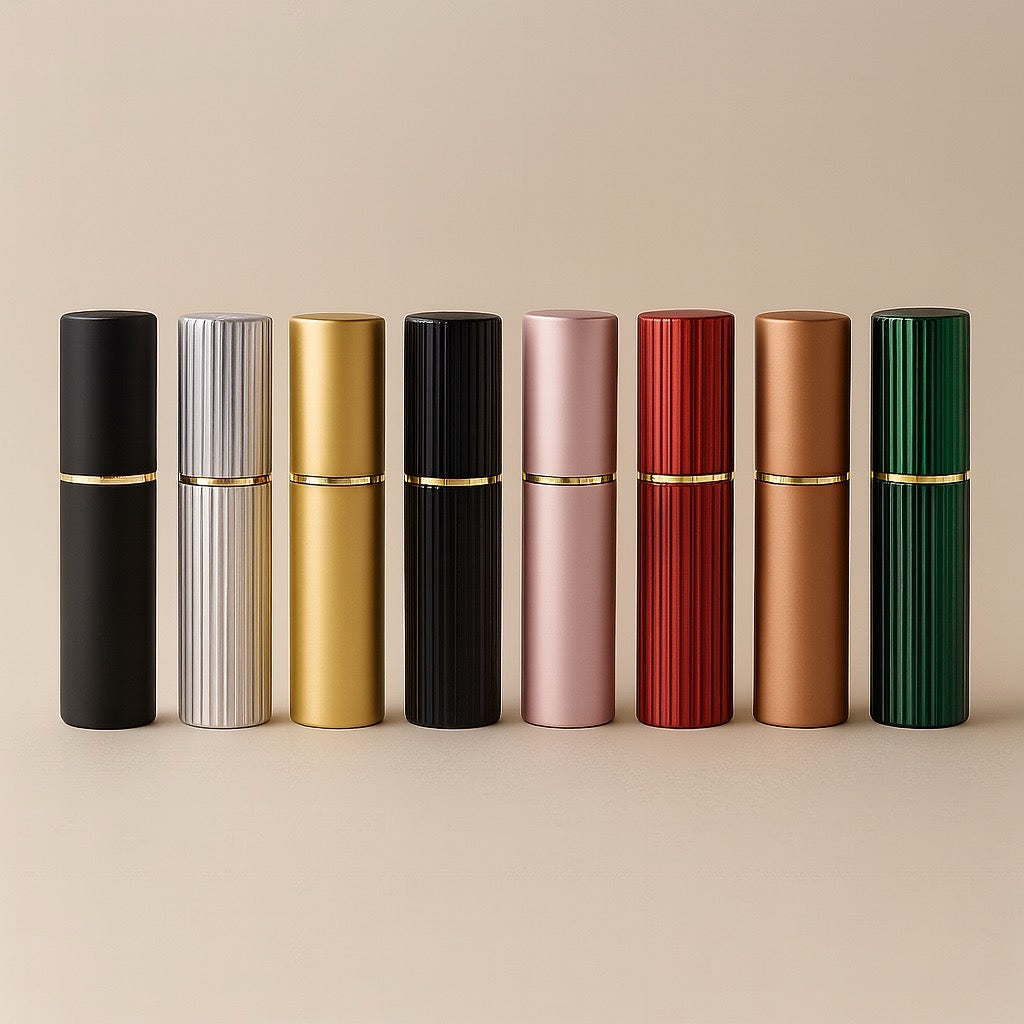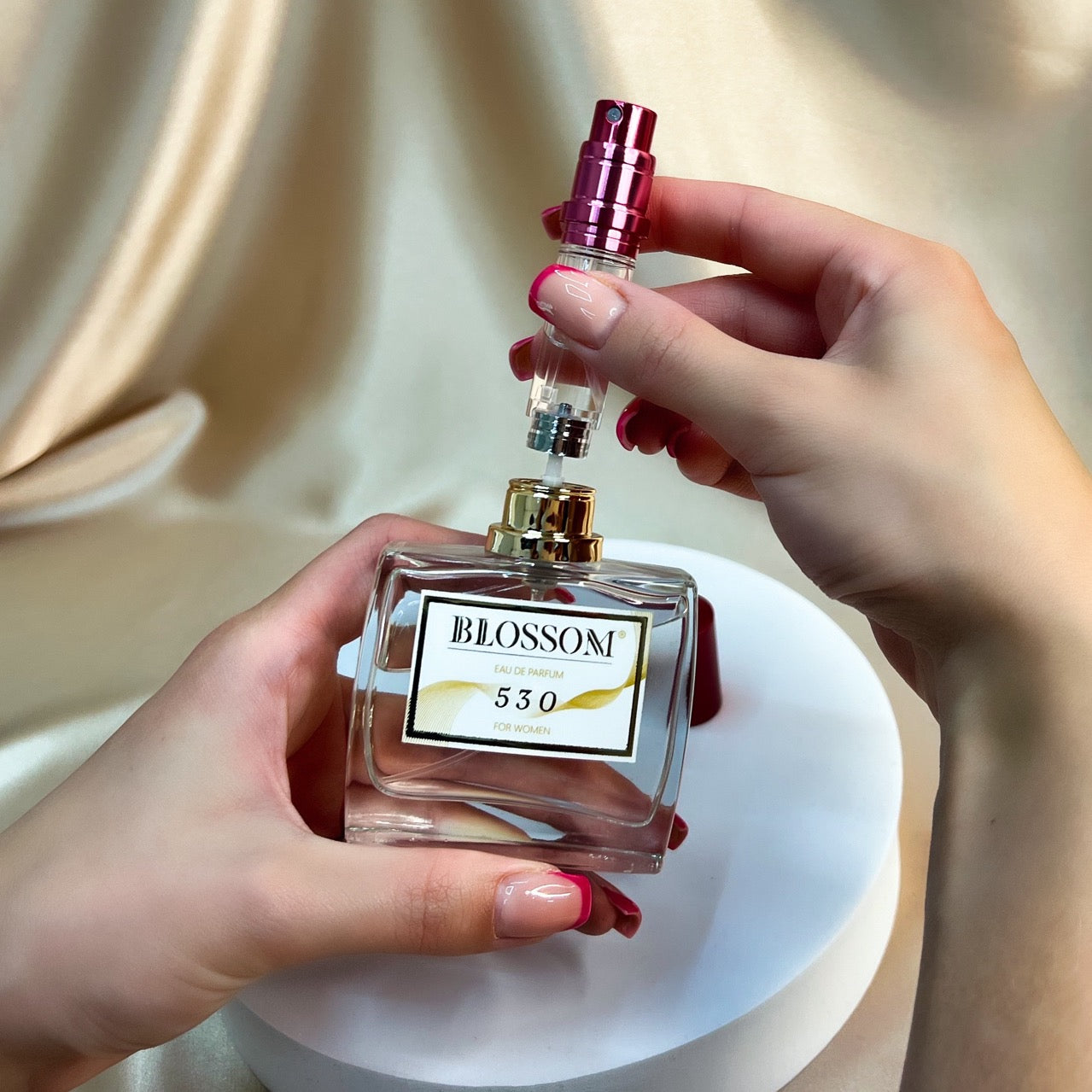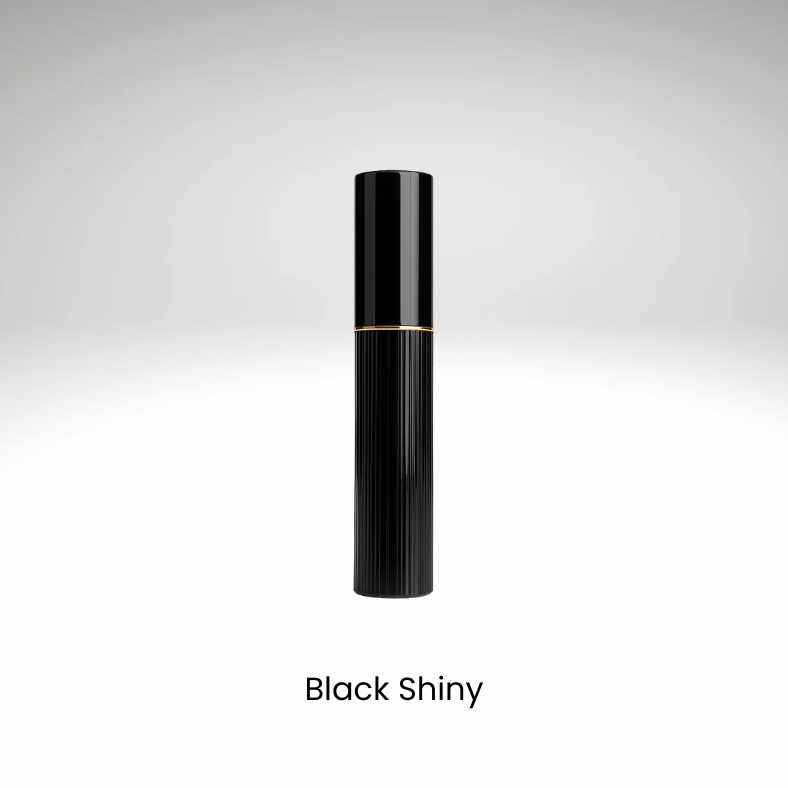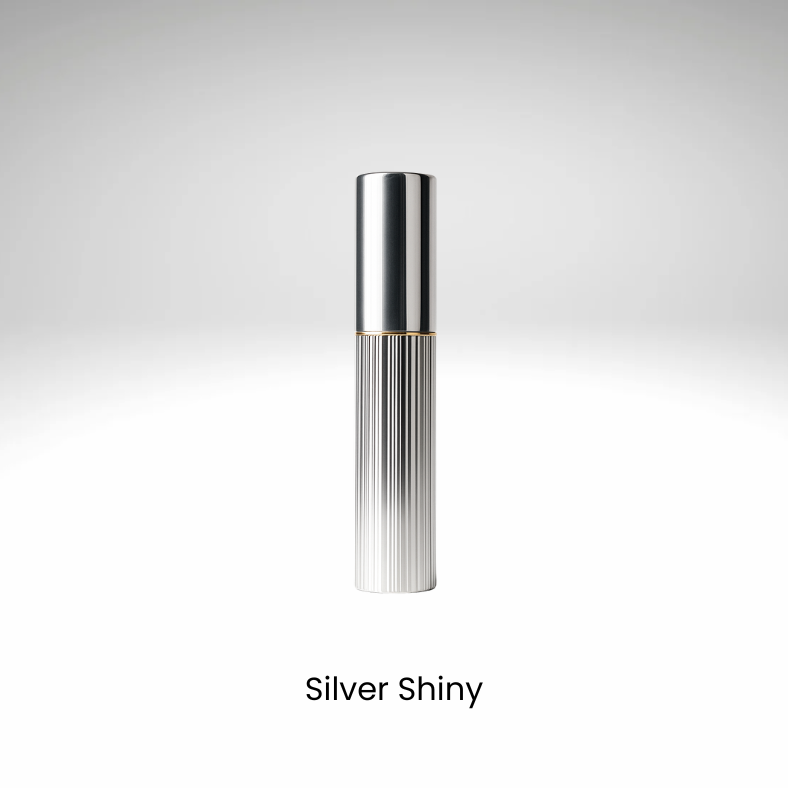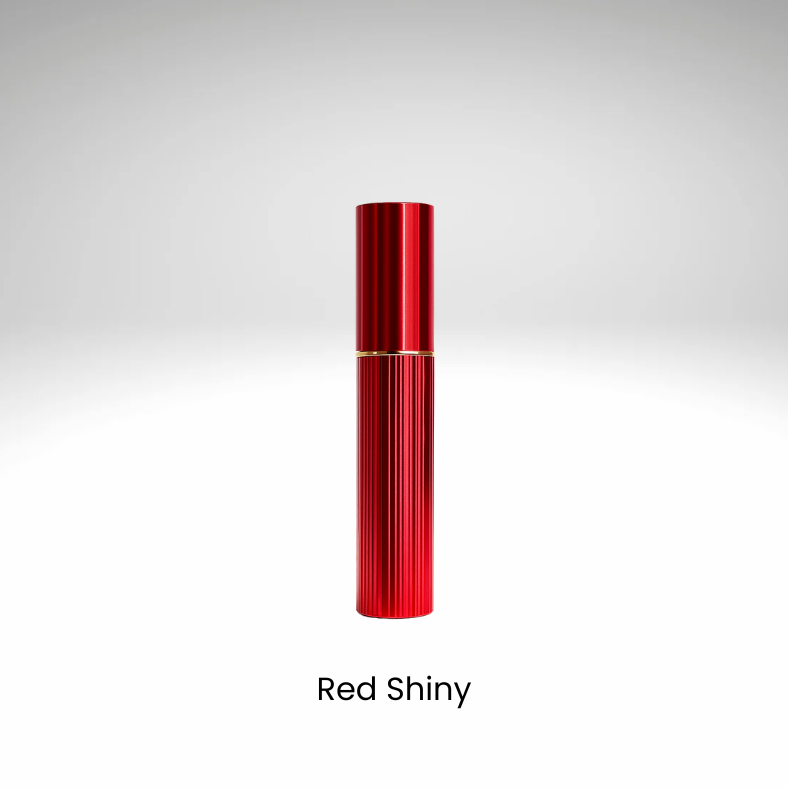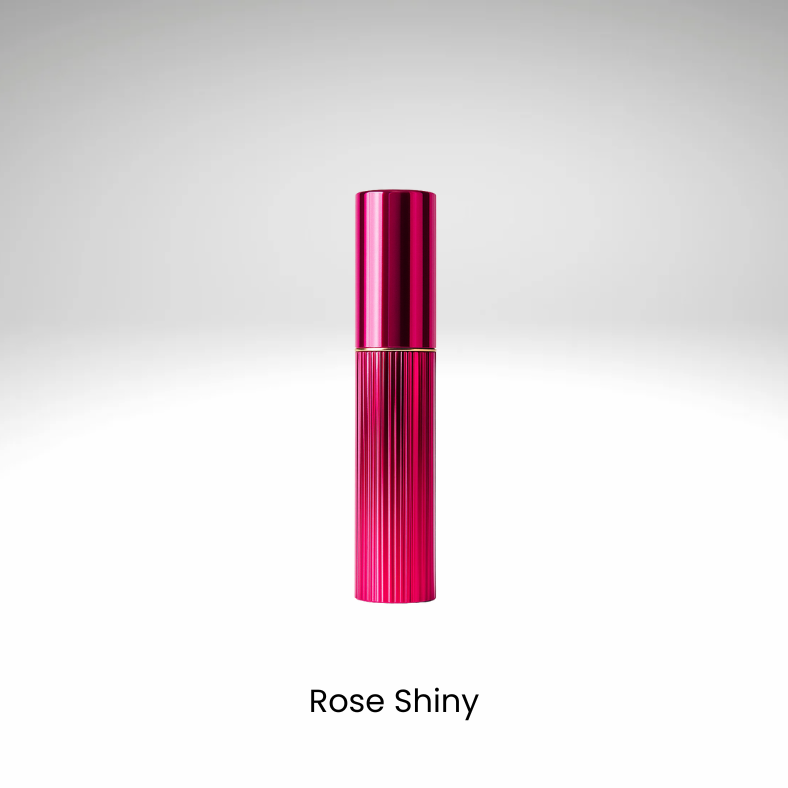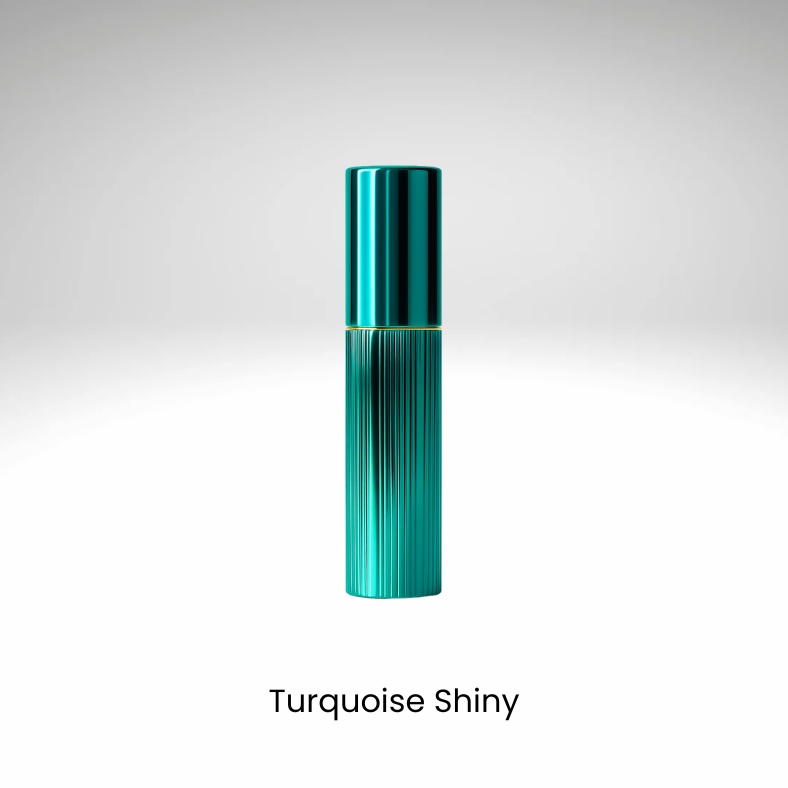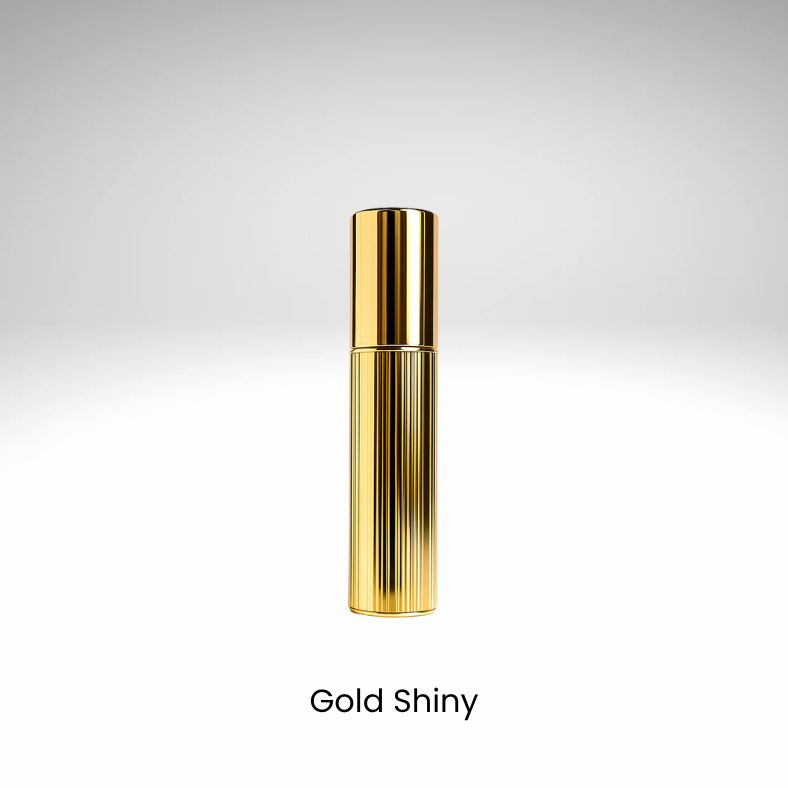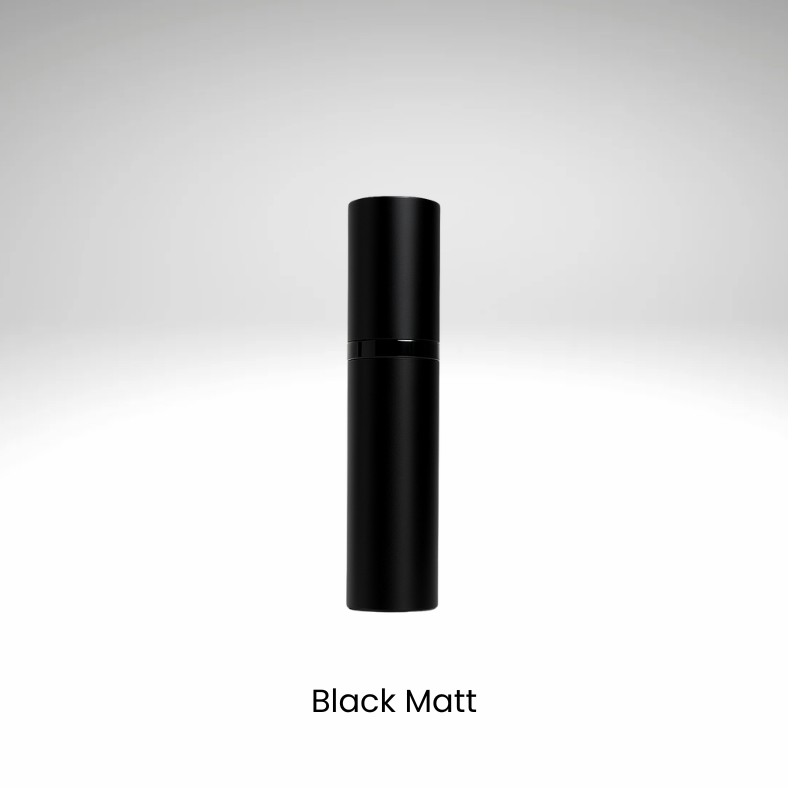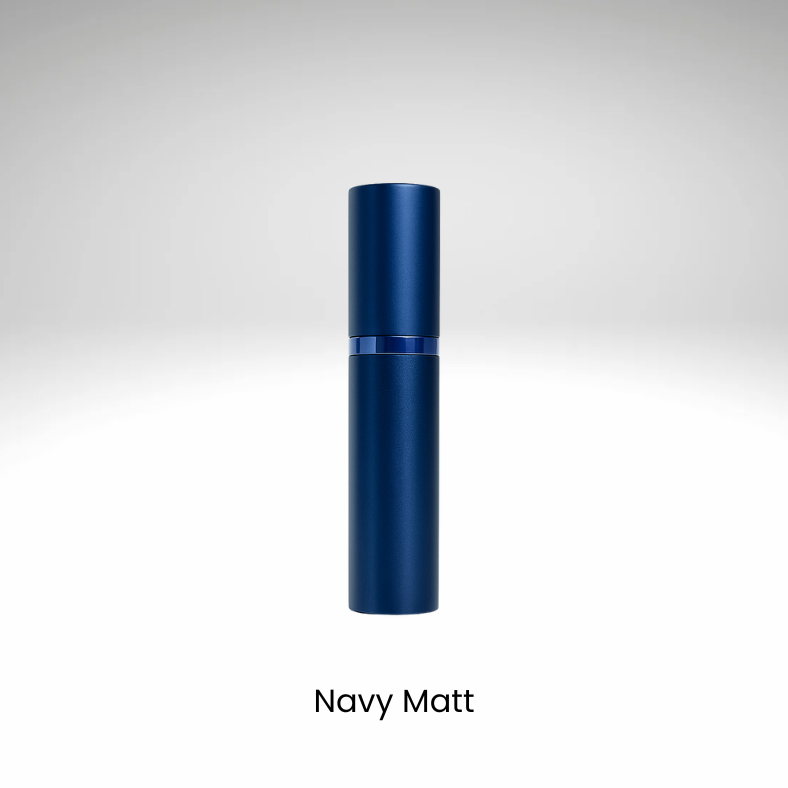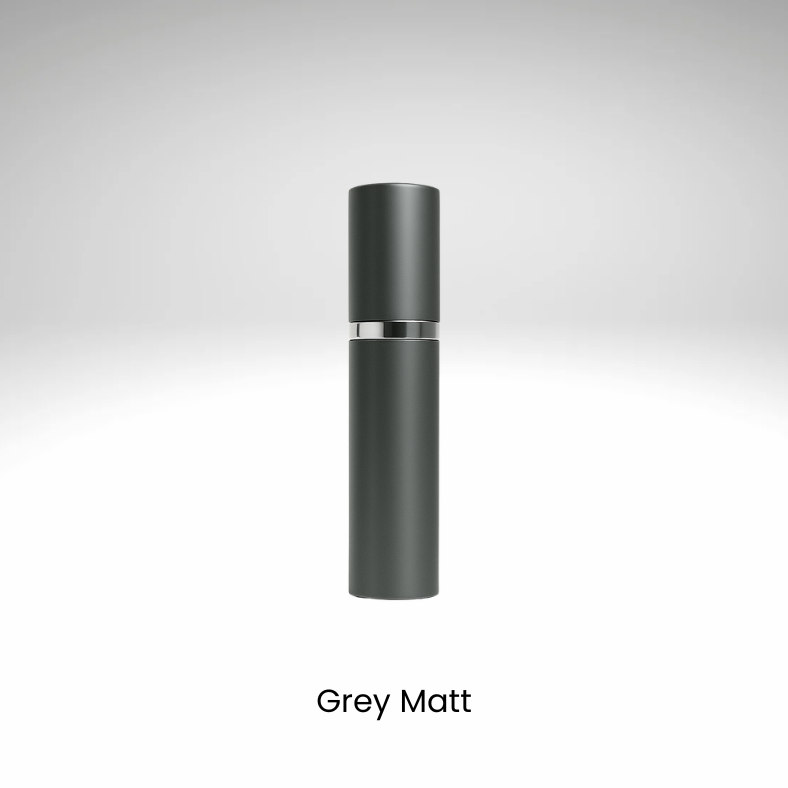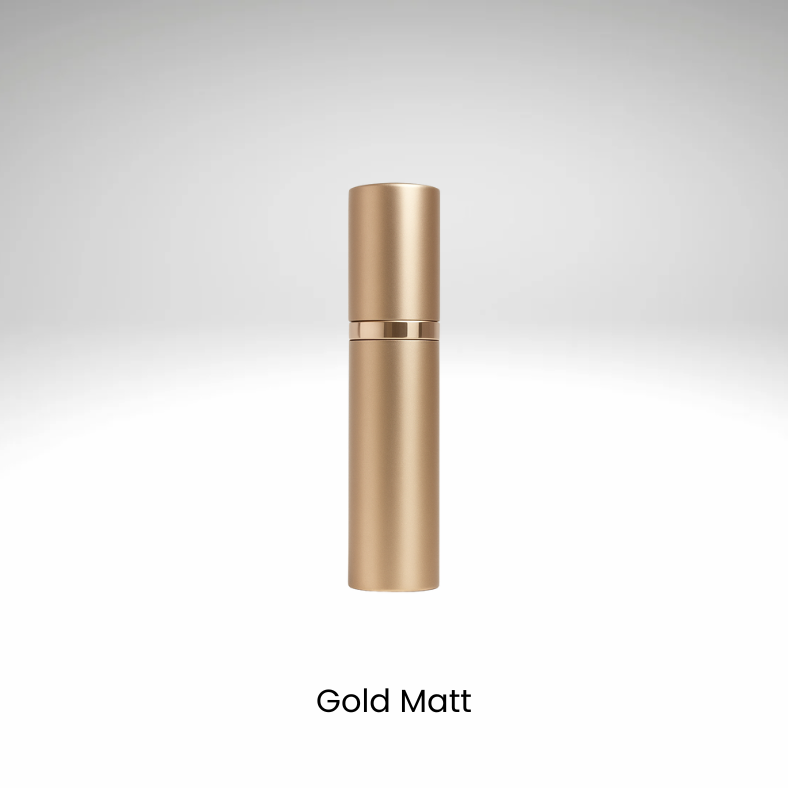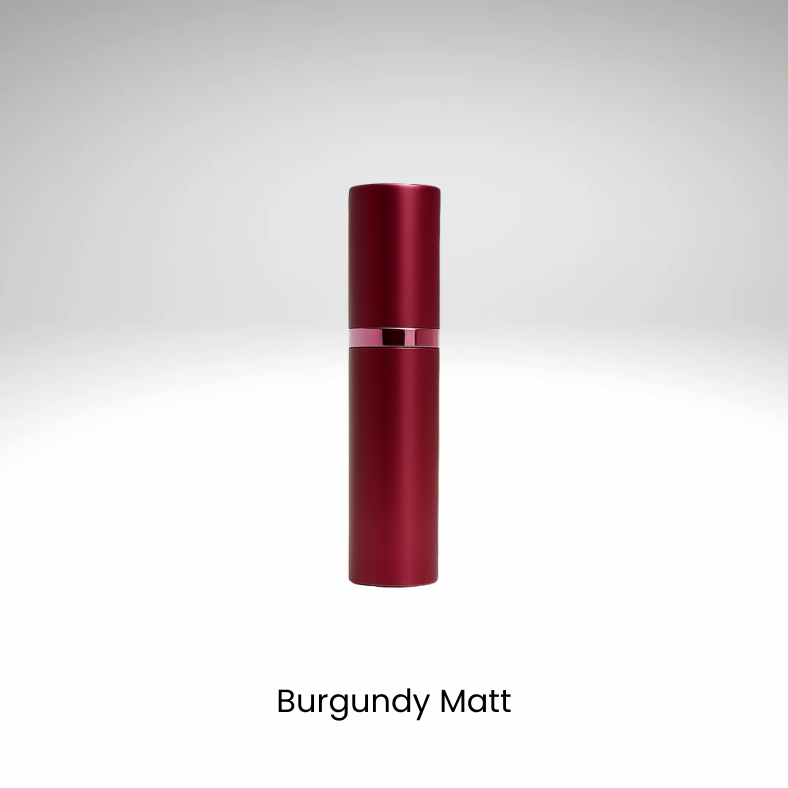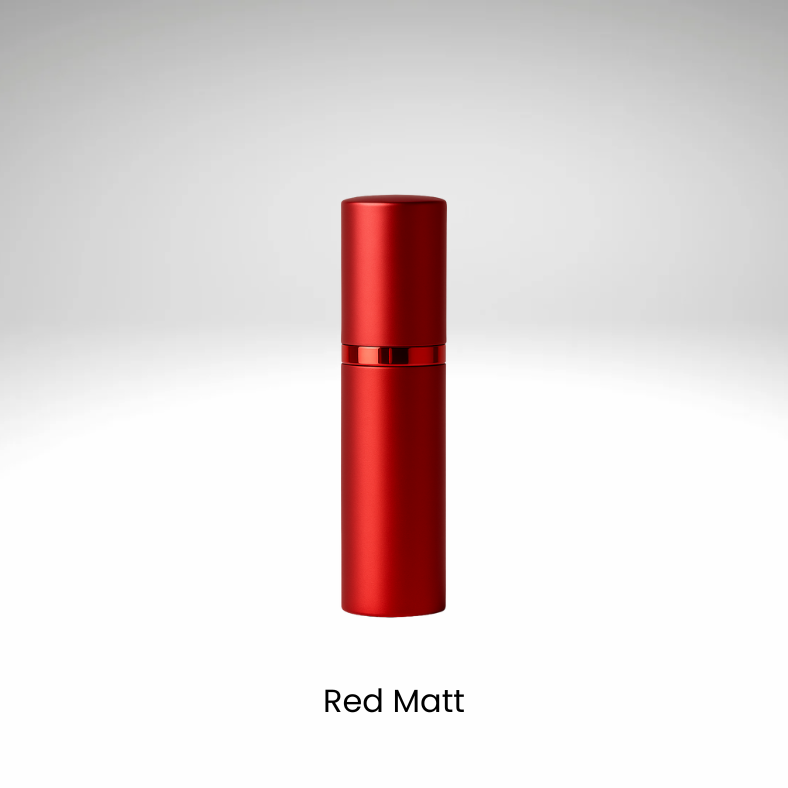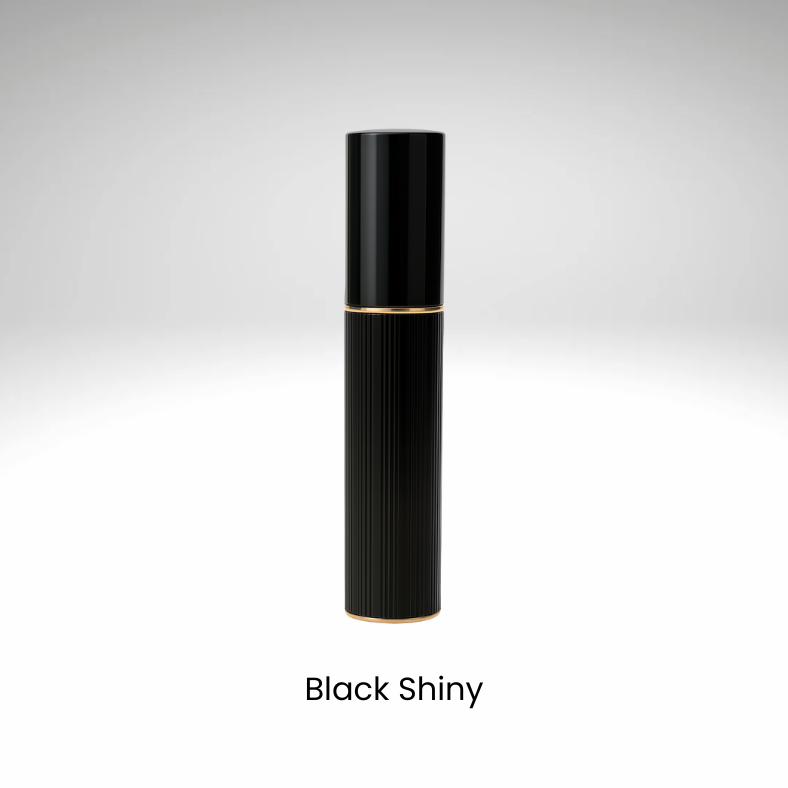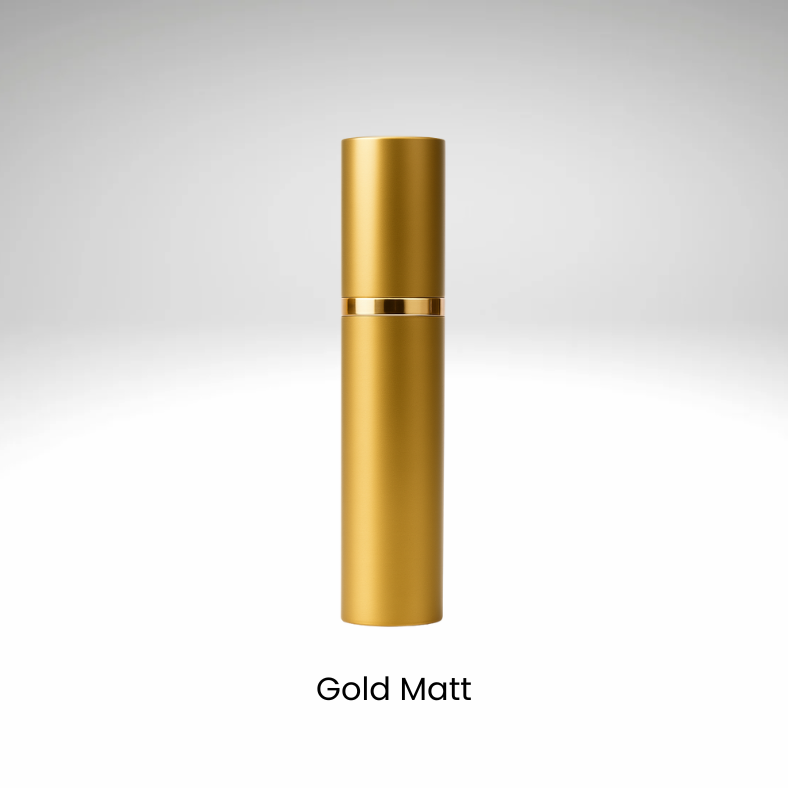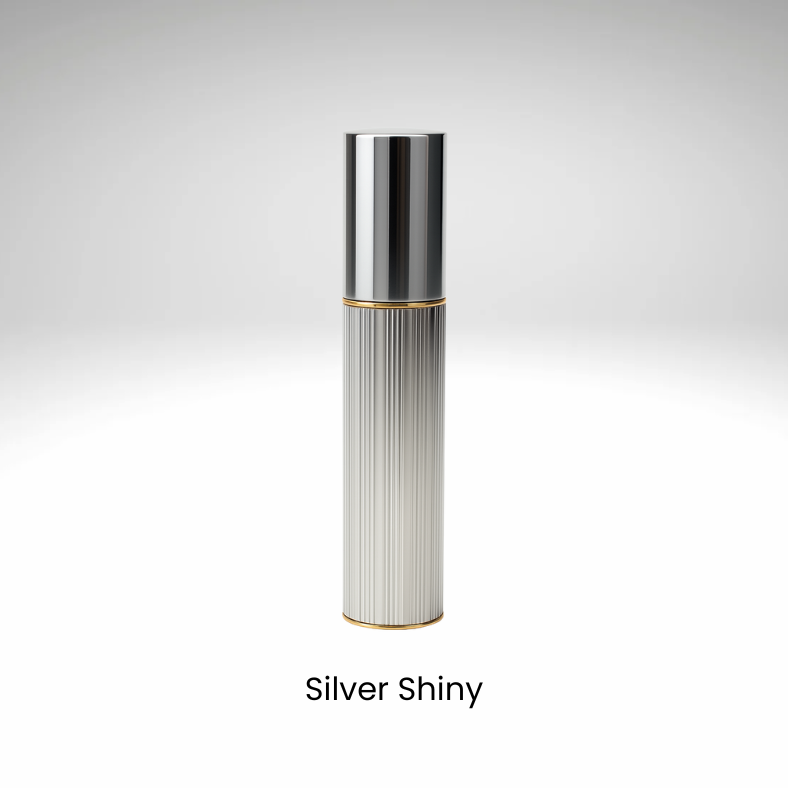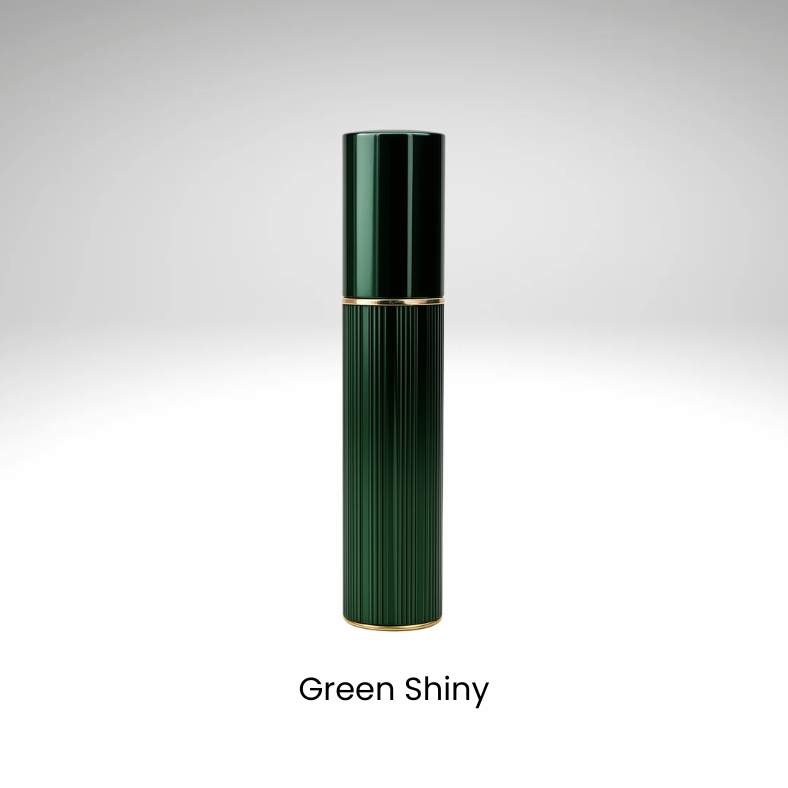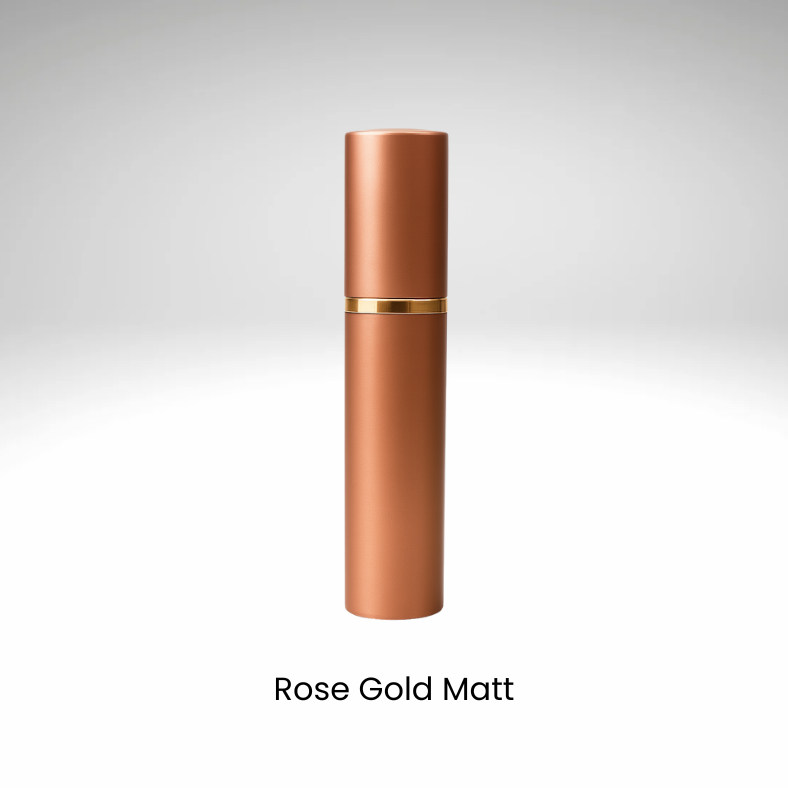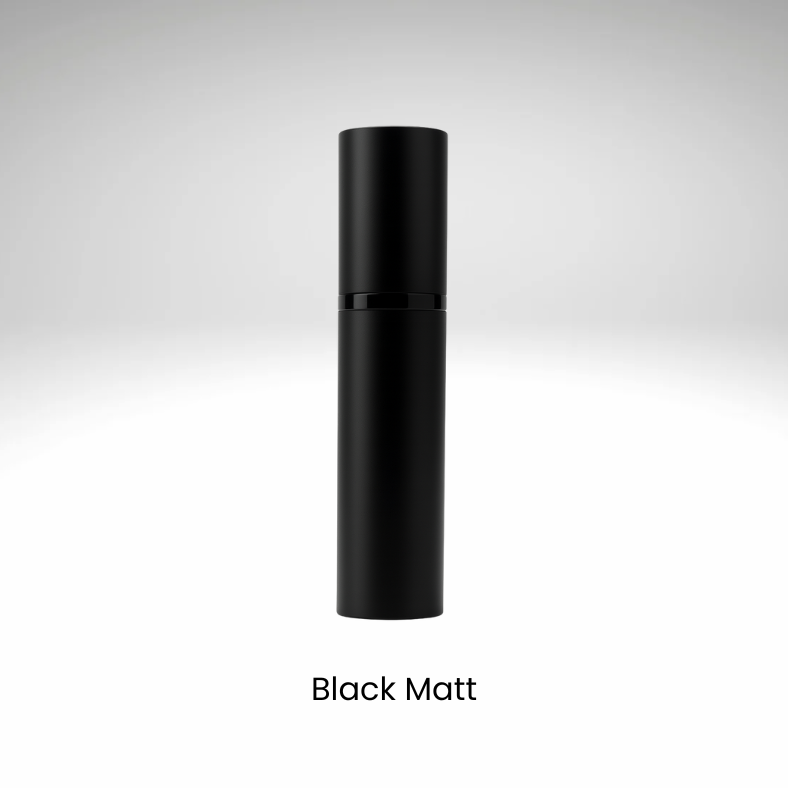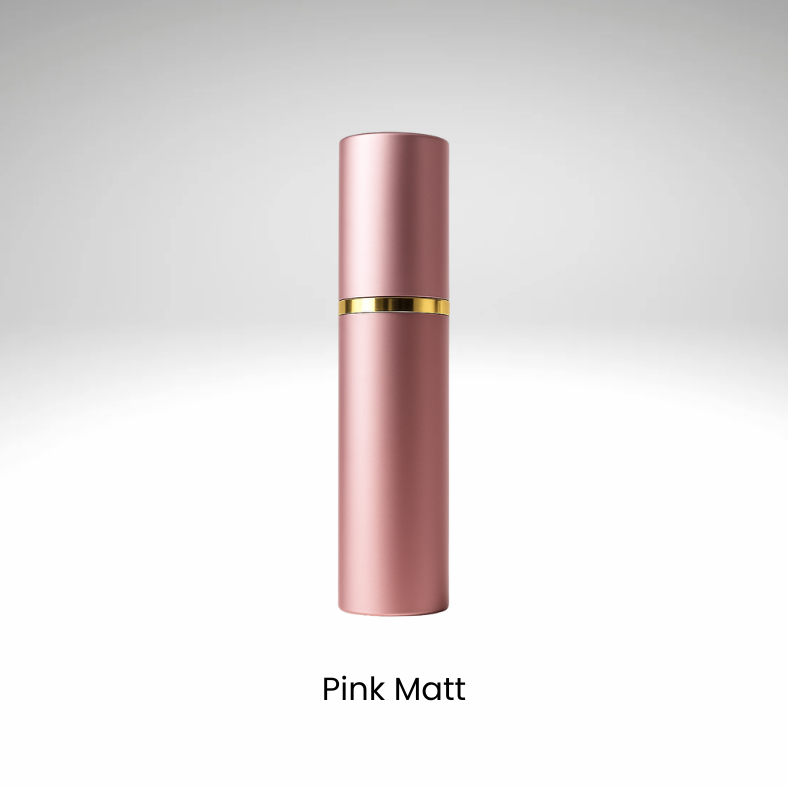Have you ever wondered about the origins of oud, often hailed as "liquid gold"? This intriguing substance has a rich history that spans across the lush terrains of Southeast Asia and the culturally vibrant Middle East. Derived from the Aquilaria tree, oud is not just a fragrance but a symbol deeply embedded in various cultures and religions for centuries. Imagine ancient rituals where its scent filled the air, signifying both spiritual depth and worldly luxury. Its journey through time is fascinating, with mentions in religious texts and historical records that highlight its significance. Join us as we explore how this precious material became a staple in traditional practices and a coveted commodity along ancient trade routes, connecting diverse civilizations through its unique aromatic allure.
- Origins and Cultural Roots: Oud, often called "liquid gold," originates from the Aquilaria tree found in Southeast Asia and the Middle East. Its historical use spans religious rituals and luxury symbols across various cultures.
- Formation Process: Oud is created when the Aquilaria tree produces a resin in response to fungal infection. This natural defense mechanism results in the aromatic heartwood known as agarwood.
- Scent Profile: The fragrance of oud is a rich blend of warmth, muskiness, and subtle sweetness. It varies based on the tree's region and species, offering a unique scent experience for each wearer.
- Perfume Crafting: Extracting oud oil involves steam distillation or solvent methods. Sustainable practices are crucial due to the rarity of Aquilaria trees, with plantations ensuring responsible production.
- Cultural Significance and Popularity: In the Middle East, oud is revered for its opulence and tradition. Its exotic allure has captivated Western markets, making it a prestigious ingredient in luxury perfumes.
The Origins of Oud
Oud, often referred to as "liquid gold," has its origins deeply rooted in the lush landscapes of Southeast Asia and the culturally rich Middle East. This precious material is derived from the Aquilaria tree, a species native to regions such as Malaysia, Indonesia, and parts of India. The significance of oud extends far beyond its geographical roots; it has been an integral part of various cultures and religions for centuries. In ancient times, oud was used in rituals and ceremonies, symbolising both spiritual depth and worldly luxury. Its presence is noted in religious texts and historical records across different civilizations.
The historical journey of oud is fascinating. It has been cherished by many cultures for its unique properties and aromatic allure. In the Middle East, oud has been a staple in traditional practices, often burned as incense during religious ceremonies. Its use wasn't limited to spiritual contexts; it also became a status symbol among the elite. The fragrance of oud was synonymous with opulence and sophistication, making it a coveted commodity in trade routes that connected the East with the West. Key highlights of oud's historical significance include:
- Religious Importance: Used in Buddhist rituals and mentioned in Islamic traditions.
- Cultural Symbolism: A mark of luxury in ancient China and Japan.
- Trade Commodity: Highly valued along ancient trade routes for its rarity and unique scent.
This rich history not only underscores the cultural importance of oud but also highlights why it remains a sought-after ingredient in modern perfumery.
What is Oud Made Of?
Oud, often referred to as "liquid gold," is a luxurious fragrance ingredient derived from the resinous heartwood of the Aquilaria tree. This tree, native to regions such as Southeast Asia and the Middle East, undergoes a fascinating natural transformation that results in the creation of oud. When an Aquilaria tree is injured or infected by a specific type of fungus, it begins to produce a dark, aromatic resin as a defense mechanism. This resin gradually permeates the heartwood, transforming it into what we know as agarwood or oud. The process can take several years, during which the tree's core becomes enriched with this precious material.
The formation of oud is not just a simple occurrence but rather a complex interaction between nature and circumstance. Here’s how it happens:
- Fungal Infection: The process begins when the Aquilaria tree is exposed to fungal infection due to environmental stressors like insect attacks or physical damage.
- Resin Production: In response, the tree produces a thick resin to protect itself from further harm.
- Agarwood Formation: Over time, this resin saturates the heartwood, creating agarwood with its distinctive scent profile.
This intricate process highlights why oud is so rare and valued in perfumery. The unique conditions required for its formation mean that only a small percentage of Aquilaria trees produce usable oud. As such, oud's exclusivity and rich aroma make it a highly sought-after component in luxury fragrances worldwide.
What Does Oud Smell Like?
Oud, often referred to as the "wood of the gods," offers a fragrance experience that is truly unparalleled. Its scent profile is a captivating blend of warmth, muskiness, and a hint of sweetness, creating an aroma that is both rich and complex. Imagine walking through a dense forest after a rainstorm; the earthy, slightly damp notes are reminiscent of oud's natural allure. This fragrance can evoke images of ancient rituals and exotic locales, making it a favourite among those who appreciate depth in their perfumes.
The scent of oud can vary significantly depending on the region and species of the Aquilaria tree from which it is derived. For instance, oud from Aquilaria crassna found in Laos tends to have more musty and woody undertones, while oud from Aquilaria sinensis in China might present a softer and sweeter aroma. Additionally, oud's interaction with individual skin chemistry means it can smell slightly different on each person, adding to its mystique. Some common descriptors for oud include:
- Earthy - reminiscent of damp soil or dry hay.
- Animalic - deeply rooted in nature with a primal edge.
- Slightly sweet - balanced by its musky base.
This variability not only highlights the uniqueness of each bottle but also ensures that wearing an oud perfume becomes a personal journey, leaving a lasting impression wherever you go.
The Unique Characteristics of Oud Perfume
Oud perfume is renowned in the fragrance industry for its distinctive and luxurious qualities. Often referred to as 'liquid gold', oud's reputation stems from its rarity and the high cost associated with its production. This precious ingredient is derived from the resinous heartwood of the Aquilaria tree, which undergoes a unique transformation when infected by a specific fungus. The result is a rich, complex aroma that has captivated scent enthusiasts across the globe. Oud's allure lies not only in its scarcity but also in its ability to add unparalleled depth and complexity to perfumes. Its long-lasting scent profile ensures that fragrances containing oud leave a lasting impression, making it a sought-after component in high-end perfumery.
What truly sets oud apart in the world of fragrances is its multifaceted aroma, which can be described as warm, musky, and slightly sweet. This complex scent profile varies depending on factors such as the region and species of the Aquilaria tree from which it is sourced. Additionally, oud interacts uniquely with individual skin chemistry, creating a personalised olfactory experience for each wearer. The enduring nature of oud means that it serves as an excellent base note in perfumes, providing a foundation that enhances other ingredients while maintaining its own distinct presence. As such, perfumes featuring oud often boast a rich tapestry of scents that evolve over time, offering wearers an evolving sensory journey.
How is Oud Perfume Made?
Creating oud perfume is a fascinating journey that begins with the extraction of oud oil from agarwood, a process that requires both precision and patience. Agarwood, also known as the resinous heartwood of the Aquilaria tree, undergoes a transformation when infected by a specific fungus. This infection prompts the tree to produce a dark, aromatic resin as a defense mechanism. To extract this precious oud oil, one of the most common methods employed is steam distillation. This involves passing steam through the resinous wood to capture its aromatic compounds, which are then condensed to obtain pure oud oil. Alternatively, solvents can be used to dissolve these compounds, leaving behind the valuable oil once the solvent evaporates.
Sustainability in oud production is becoming increasingly important due to the rarity of Aquilaria trees. Responsible practices include cultivating these trees in plantations where they are manually infected with fungus to ensure a higher yield of agarwood without depleting natural forests. Moreover, once extracted, oud oil benefits from an aging process that enhances its aromatic profile. This maturation period allows the oil to develop deeper and more complex scents, making it even more desirable in perfumery. By storing oud oil in cool and dark environments for months or even years, producers can achieve a richer fragrance that captivates and lingers.
Finding the right perfume a bit tricky? Discover your perfect match with us.
The Popularity and Cultural Significance of Oud
Oud, often referred to as the "wood of the gods," has seen a remarkable surge in popularity across the globe, particularly in Western markets. This fascination can be attributed to its unique and luxurious characteristics that captivate fragrance enthusiasts. In the Middle East, oud holds a deep cultural significance, where it is not only cherished for its aromatic qualities but also revered as a symbol of opulence and tradition. Its use in religious ceremonies and social gatherings underscores its importance in Middle Eastern culture. As Western consumers seek more exotic and sophisticated scents, oud's rich history and association with luxury make it an irresistible choice.
The allure of oud in modern perfumery lies in its ability to add depth and complexity to fragrances. Often described as "liquid gold" due to its rarity and high cost, oud offers a scent profile that is both long-lasting and multifaceted. This has led to its incorporation into many high-end perfumes, where it serves as a prestigious ingredient that elevates the overall composition. The growing interest in oud can be seen through several factors:
- Exclusivity: Oud's scarcity makes it a sought-after component for luxury brands.
- Cultural Appeal: Its roots in Middle Eastern traditions add an exotic allure.
- Sensory Experience: The warm, musky aroma provides a unique olfactory journey.
As more people discover the enchanting qualities of oud, its status as a staple in the world of fine fragrances continues to grow, bridging cultural divides and offering a sensory experience like no other.
Oud, often called "liquid gold," has a rich history that spans across Southeast Asia and the Middle East. This precious material is derived from the Aquilaria tree and has been cherished for centuries due to its unique properties and aromatic allure. In ancient times, oud was used in various rituals and ceremonies, symbolising spiritual depth and luxury. Its significance is evident in religious texts and historical records, highlighting its integral role in different cultures.
The process of creating oud is a fascinating natural phenomenon. When an Aquilaria tree is infected by a specific fungus, it produces a dark resin as a defense mechanism, transforming the heartwood into agarwood or oud. This intricate interaction between nature and circumstance makes oud rare and highly valued in perfumery. Its scent profile varies based on the region and species of the Aquilaria tree, offering a personalised olfactory experience for each wearer. As such, oud remains a sought-after component in luxury fragrances worldwide.
FAQ
How is oud different from other fragrance ingredients?
Oud stands out due to its unique origin and complex scent profile. Unlike many synthetic fragrances, oud is derived from the natural resin of the Aquilaria tree. Its aroma is rich, warm, and musky, often described as having earthy and slightly sweet undertones. This complexity makes it a prized ingredient in luxury perfumery, offering a depth that many other fragrance components cannot match.
Why is oud so expensive?
The high cost of oud is primarily due to its rarity and the lengthy process required for its production. Only a small percentage of Aquilaria trees produce the resin needed for oud, and this occurs only when the tree is infected by a specific fungus. The extraction process is labor-intensive, and the demand for this luxurious scent further drives up its price.
Can oud be sustainably sourced?
Yes, sustainable sourcing of oud is possible through responsible practices such as cultivating Aquilaria trees in plantations. These trees can be manually infected with fungus to produce agarwood without depleting natural forests. This approach helps meet demand while preserving wild populations of Aquilaria trees.
Is there a difference between natural and synthetic oud?
Natural oud comes directly from the resinous heartwood of the Aquilaria tree, offering a rich and complex scent profile that varies depending on factors like region and tree species. Synthetic oud, on the other hand, is created in laboratories to mimic the aroma of natural oud. While it can be more affordable and consistent in scent, it often lacks the depth and authenticity of natural oud.
How should I store my oud perfume?
To preserve the quality of your oud perfume, store it in a cool, dark place away from direct sunlight and temperature fluctuations. This helps maintain its aromatic properties over time. Keeping the bottle tightly sealed when not in use also prevents evaporation and oxidation.
Does oud smell different on everyone?
Yes, oud can smell different on each person due to individual skin chemistry. Factors such as skin type, pH levels, and even diet can influence how a fragrance develops on your skin. This personal interaction adds to the allure of wearing an oud-based perfume.
Can I wear oud perfume every day?
Absolutely! Oud perfumes are versatile enough for daily wear but are particularly suited for special occasions due to their luxurious nature. If you're new to wearing oud, you might start with lighter applications until you become accustomed to its rich aroma.
What are some popular uses of oud outside perfumery?
Apart from being used in perfumes, oud has cultural significance in various regions where it's burned as incense during religious ceremonies or social gatherings. Its calming aroma makes it popular for meditation practices as well.

